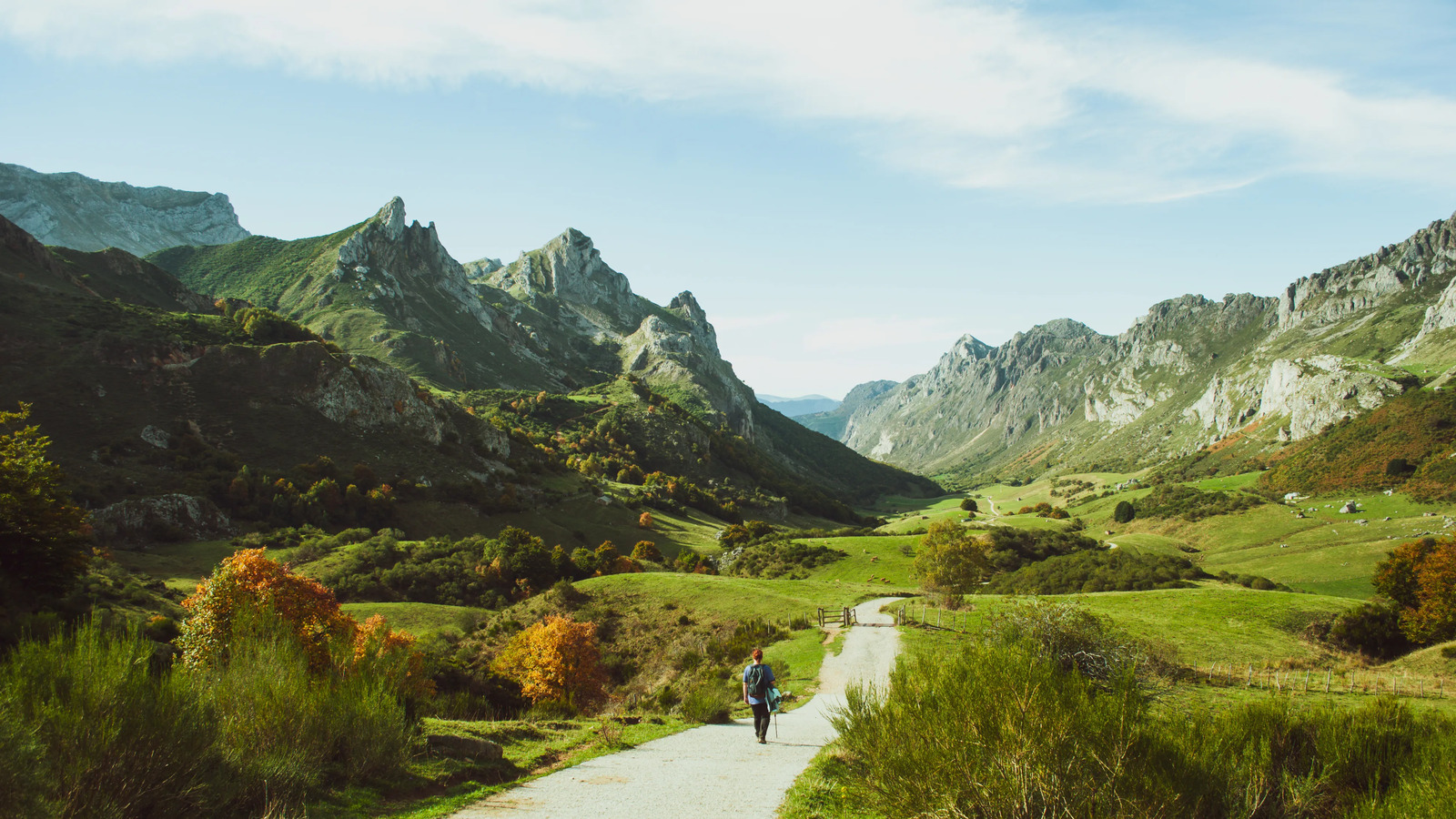Asturias, much more than landscapes
Discover Asturias, the green heart of Spain, where every corner is a postcard and every moment, an unforgettable adventure. Get ready to fall in love with its landscapes, its culture and its people. Asturias, beloved homeland.
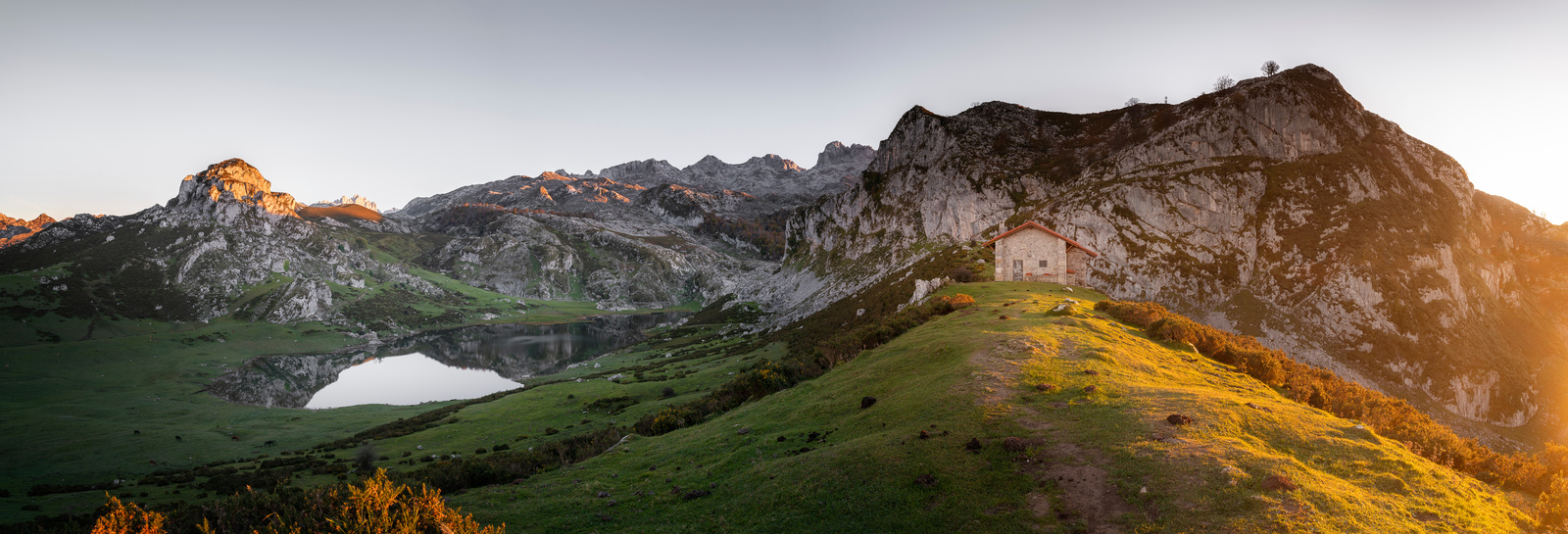
From its majestic mountains and pristine beaches to its charming villages and centuries-old traditions, this corner of the Iberian north offers a unique and memorable experience for all those who venture to discover its hidden treasures.
Immerse yourself in its lush landscapes, where the peaks of the Picos de Europa rise majestically over valleys dotted with stone houses and lush forests. Every corner of this land breathes history and tradition, from the ancient fishing villages to the imposing castles that bear witness to its medieval past.
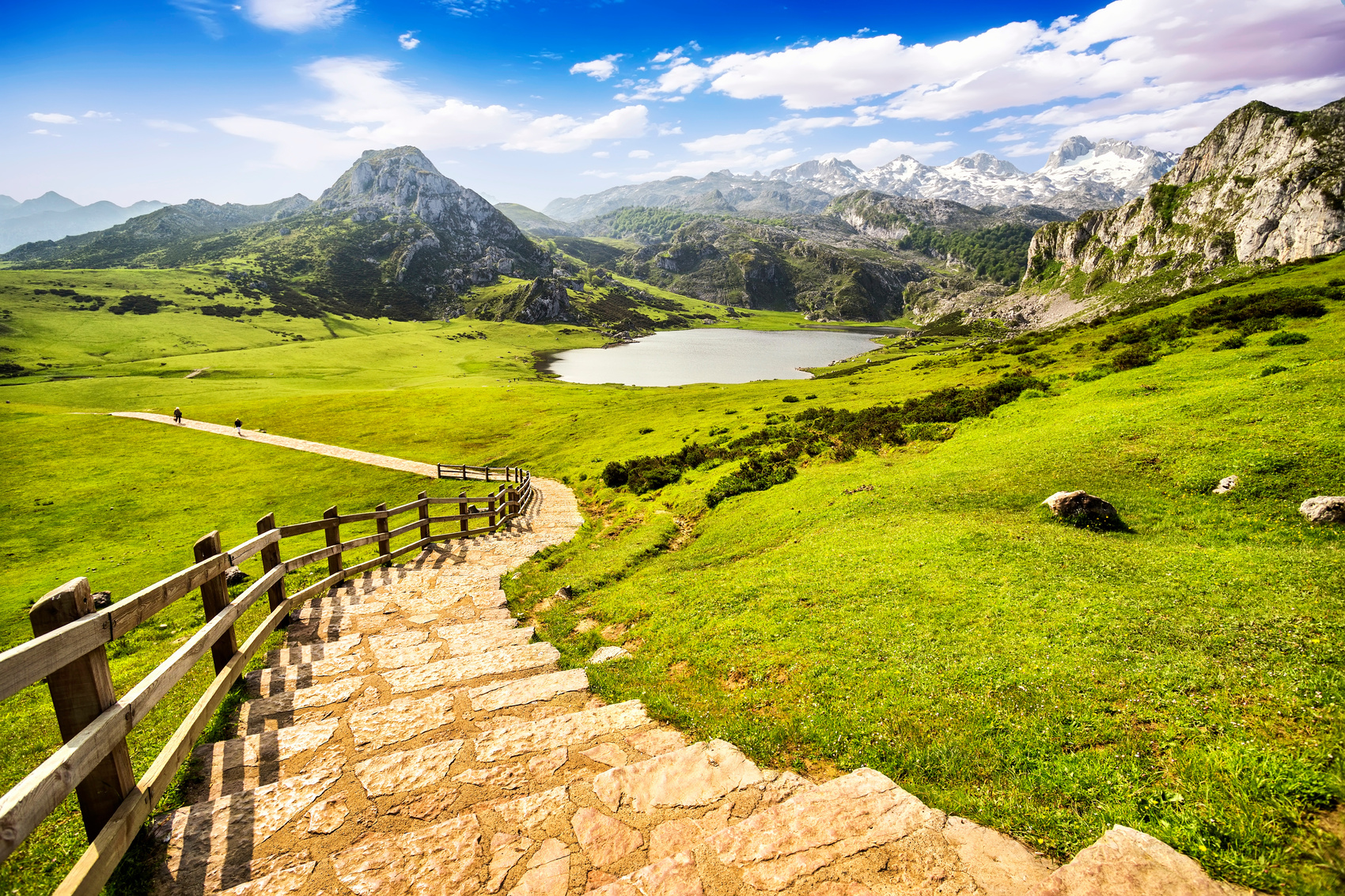
With a gastronomy that delights the senses and a warm and welcoming people, Asturias invites you to get lost in its picturesque corners and to savor life in every bite.
Prepare your backpack and your desire for adventure, because Asturias awaits you with open arms and a thousand stories to tell.
A trip to the past
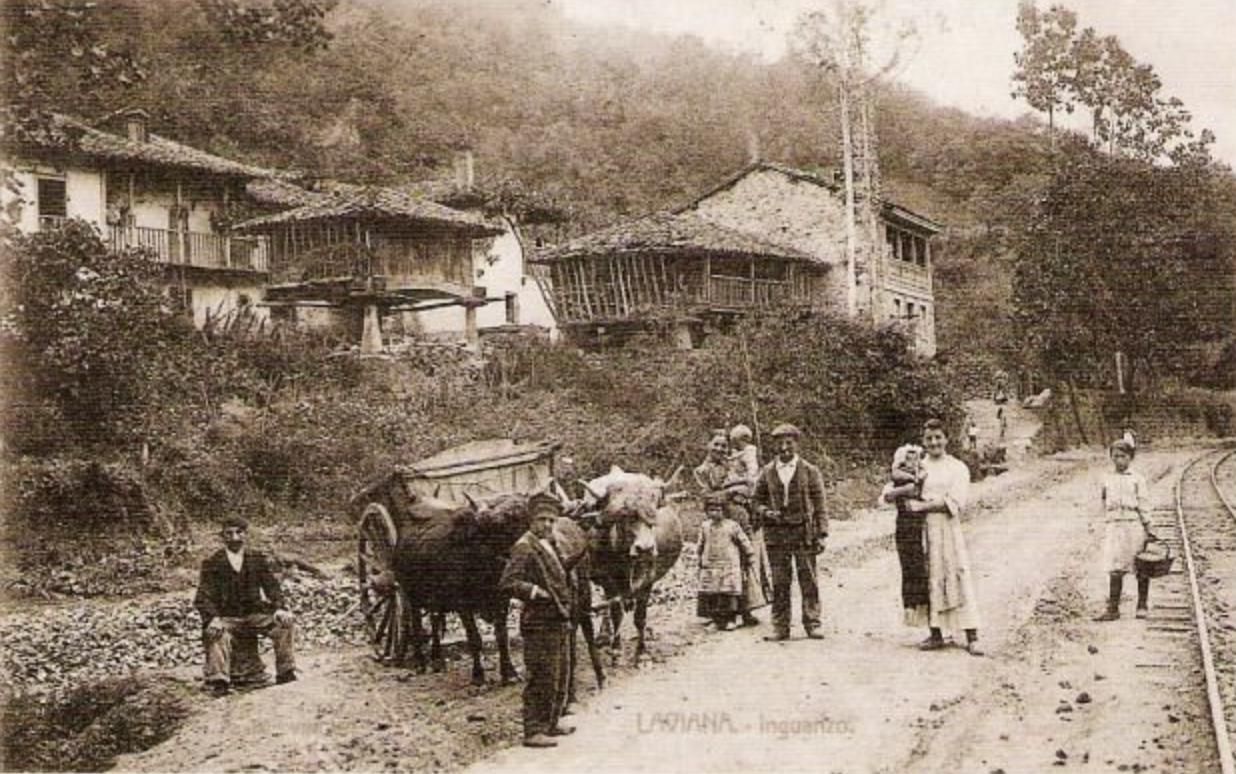
The history of Asturias is rich and varied, with deep roots dating back to ancient times.
The first traces of population in Asturias date back to prehistoric times, with the presence of Neolithic communities that left their mark in the form of cave paintings, such as those found in the Tito Bustillo cave. During Roman times, Asturias was part of the province of Hispania and witnessed the construction of numerous infrastructures, such as roads and aqueducts. However, the Asturian resistance to the Roman occupation was remarkable, and they were known for their resistance and bravery.
After the Muslim invasion of the Iberian Peninsula in the 8th century, Asturias emerged as an independent Christian kingdom under the reign of Pelayo, considered the first Asturian king. The Battle of Covadonga in 722 is a key point in the history of Asturias, where Pelayo is said to have achieved the first Christian victory over the Muslims, marking the beginning of the Christian Reconquest of the peninsula.
During the Middle Ages, Asturias experienced a period of splendor with the consolidation of the Kingdom of Asturias and the expansion of its territory. Numerous pre-Romanesque churches were built, such as Santa María del Naranco or San Miguel de Lillo, which are World Heritage Sites.
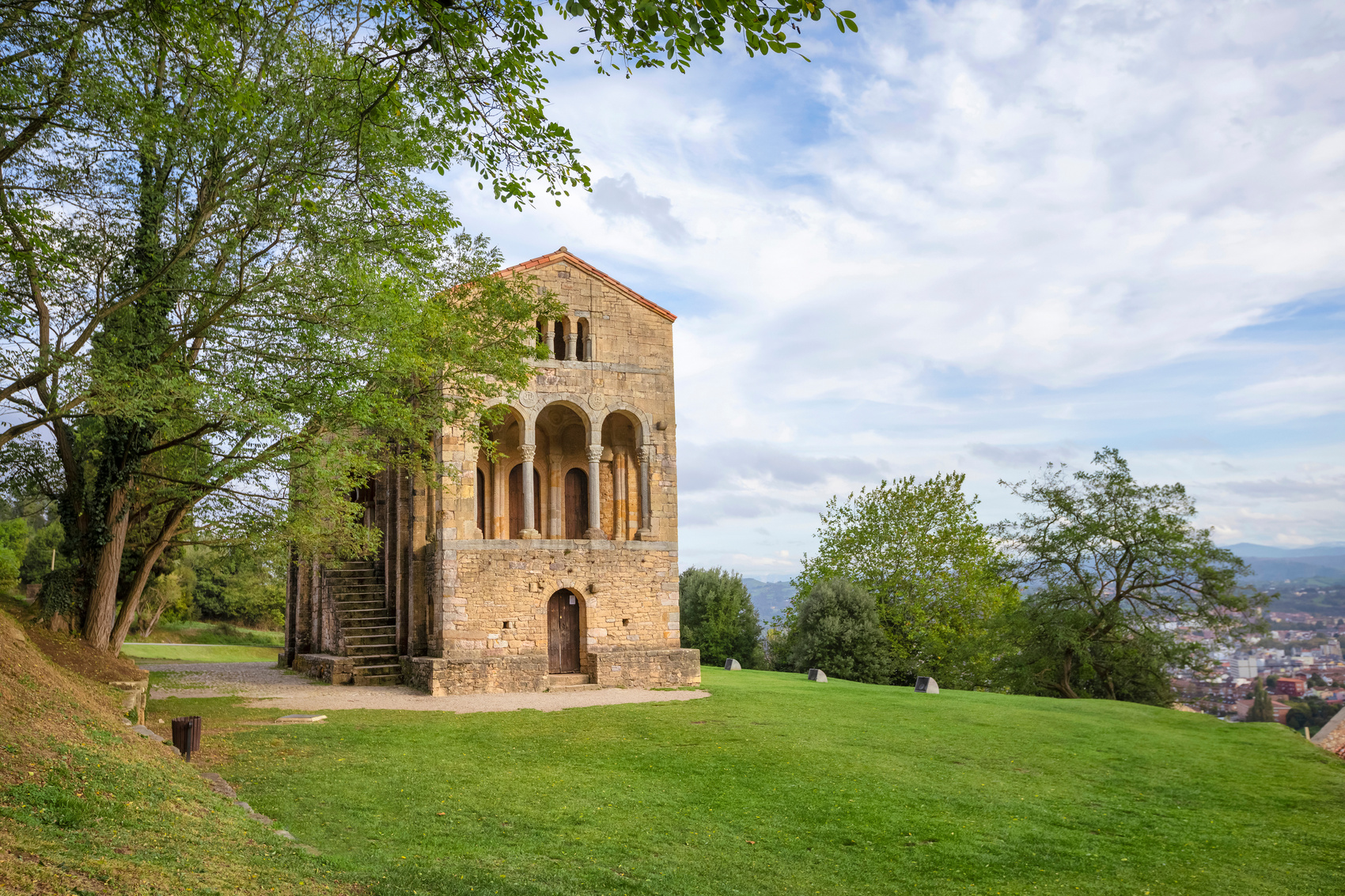
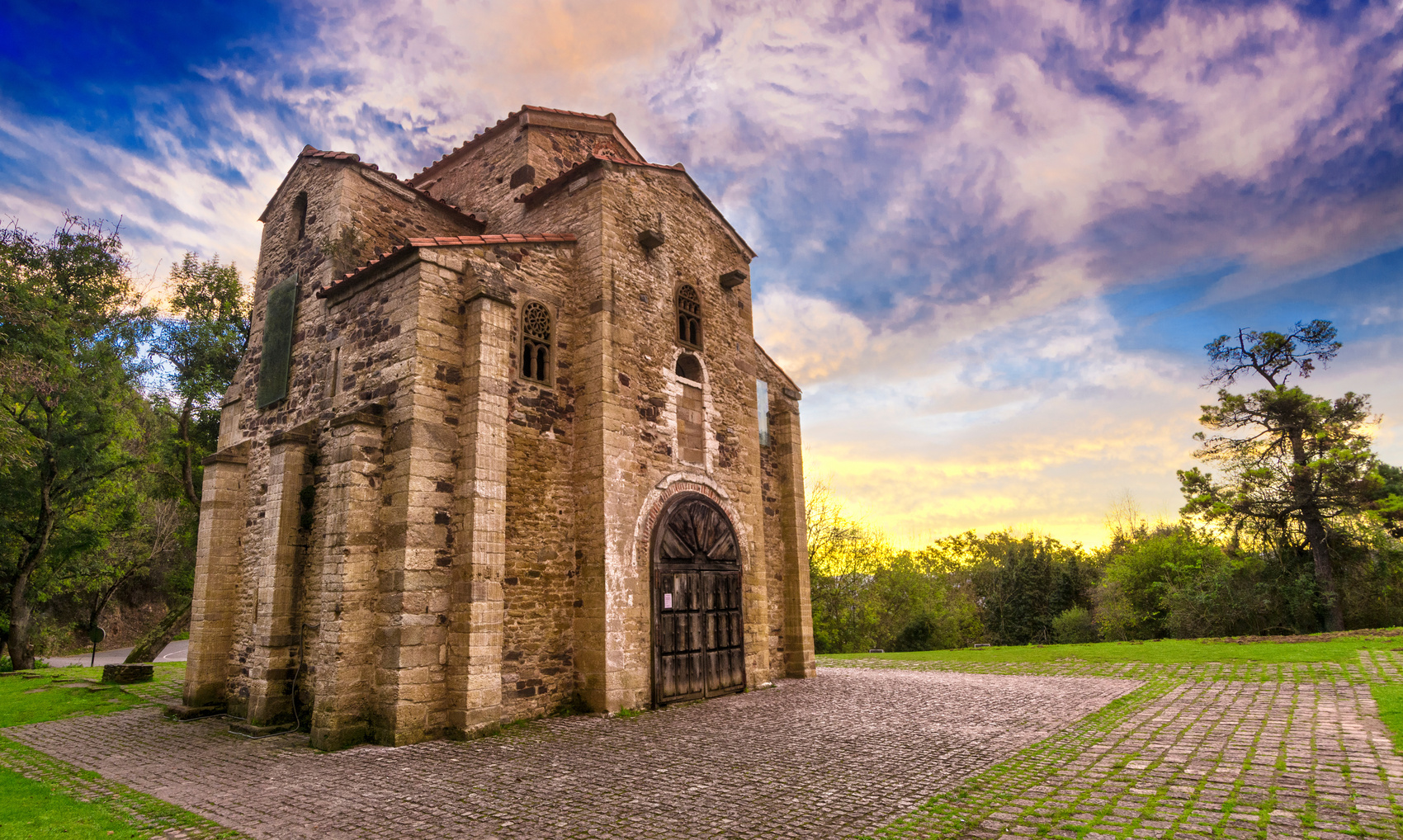
With the unification of the peninsular kingdoms, Asturias became part of the Crown of Castile in the 15th century. During the Industrial Revolution, the city experienced great economic growth due to coal mining and the steel industry. However, it is also the scene of labor conflicts, such as the well-known “Asturias Revolution” in 1934 and the Spanish Civil War in 1936.
After the Civil War and Franco’s dictatorship, Asturias underwent a period of transformation and economic development, diversifying its economy and betting on tourism and modern industry. Today, Asturias is known for its natural beauty, rich culture and traditional gastronomy.
Where villages come alive
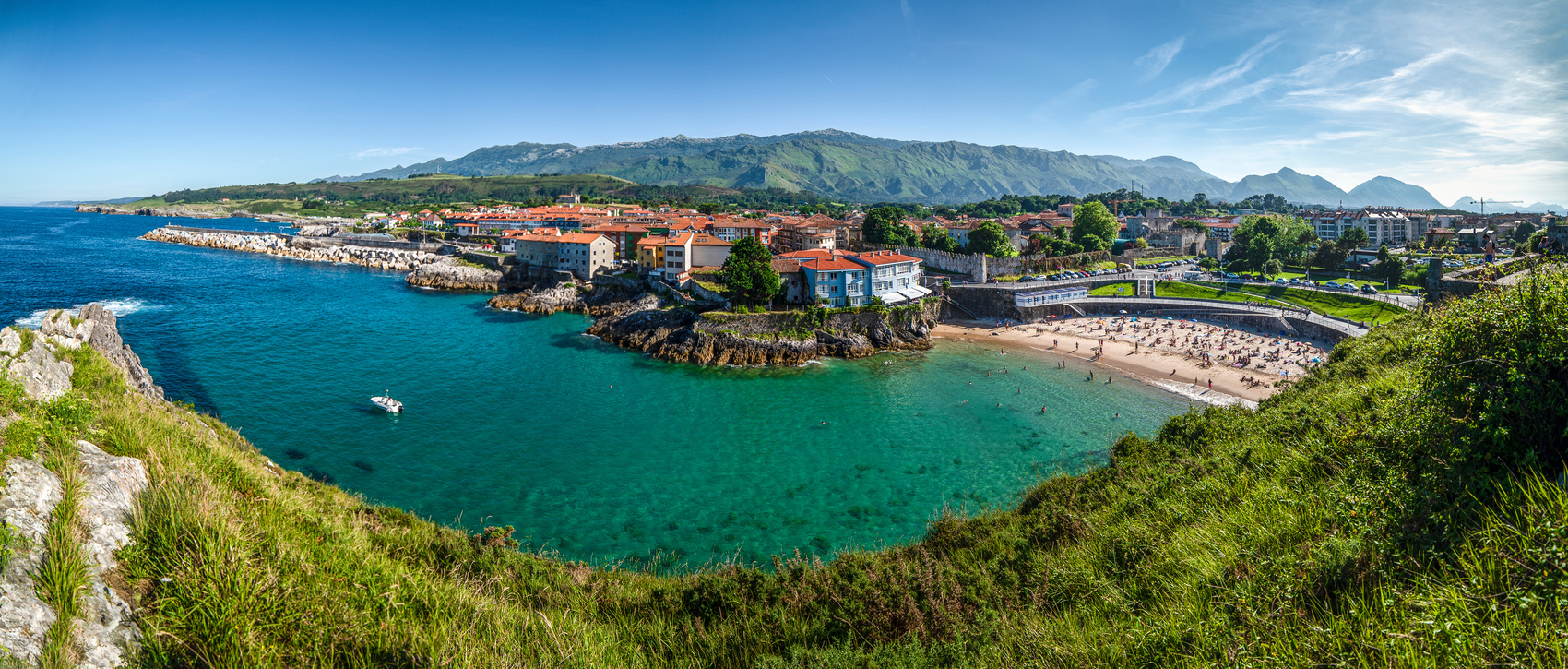
In Asturias there are many must-see stops you can’t miss. Here are some of them:
- Picos de Europa National Park: Natural Wonders.
This stunning natural park offers spectacular mountain scenery, with rugged peaks, deep valleys and a great diversity of flora and fauna. Don’t miss the Fuente Dé cable car for breathtaking panoramic views.
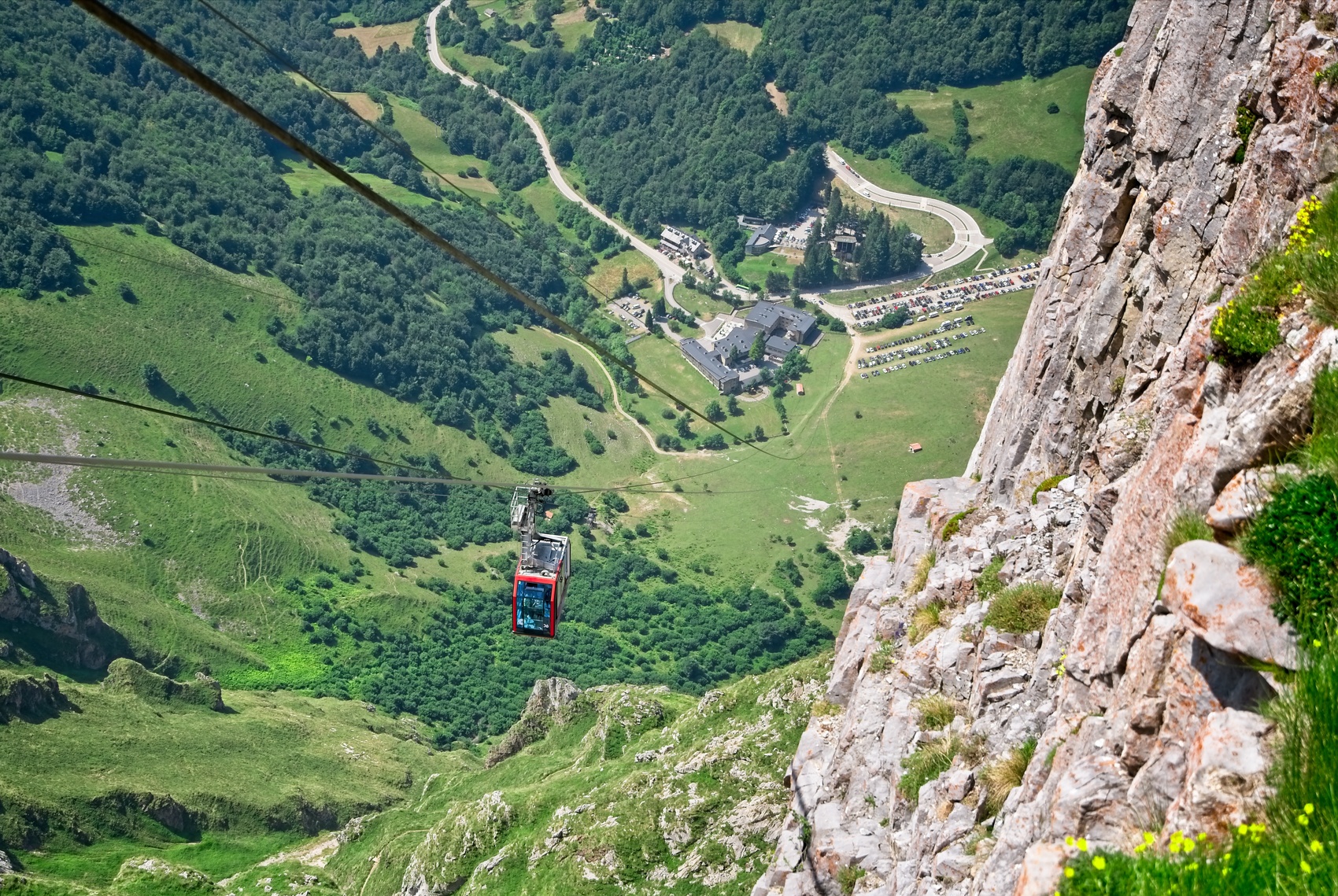
- Covadonga: Sanctuary of history
Surrounded by a breathtaking natural environment, this historic site is the spiritual heart of Asturias, where the cave where legend has it that Pelayo took refuge during the Battle of Covadonga. In addition, the Sanctuary of Covadonga is an architectural jewel located in a spectacular natural setting. At the foothills of the Picos de Europa, it offers spectacular views of the mountains and the lakes of Covadonga, known as Enol and Ercina.
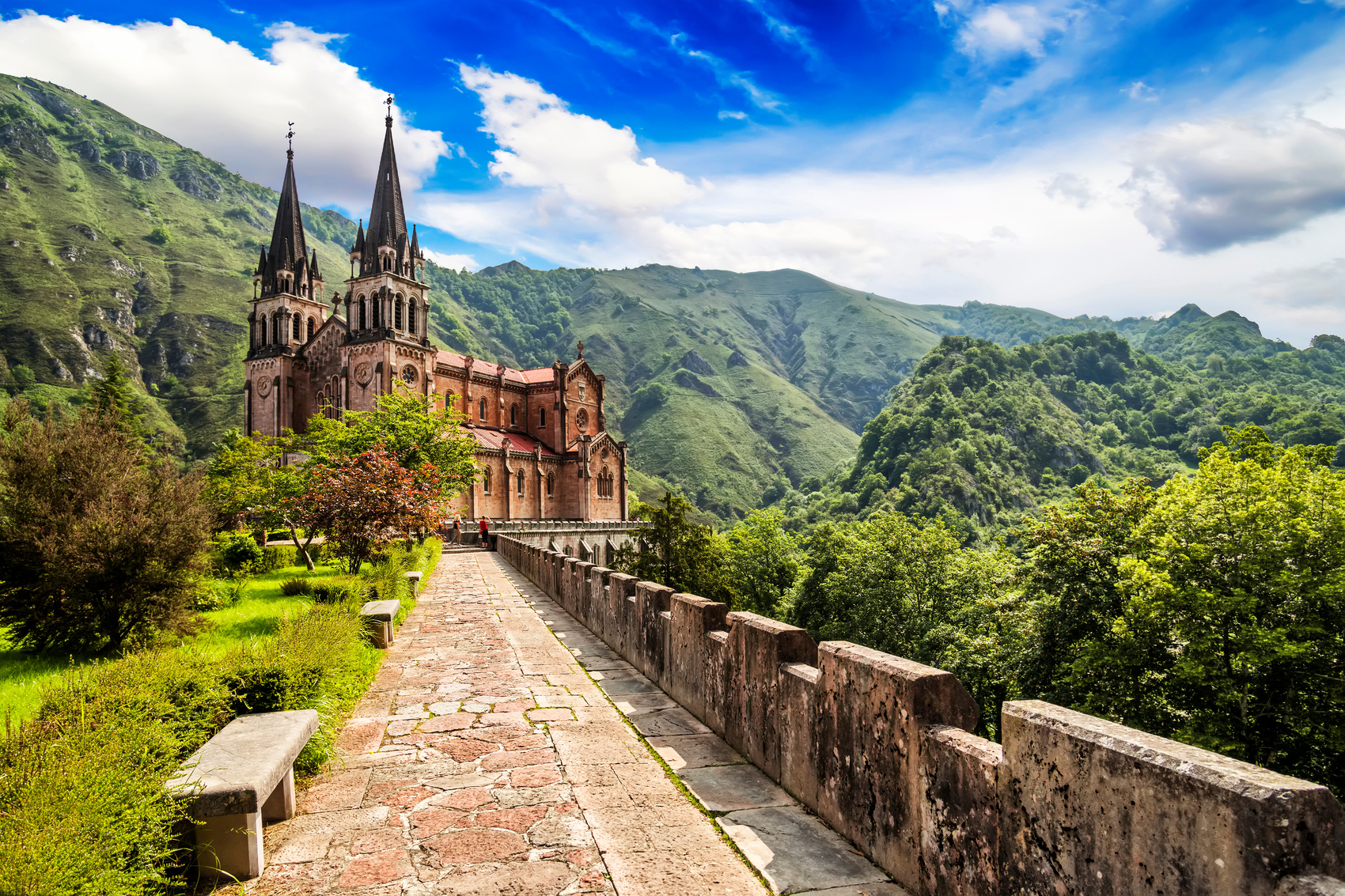
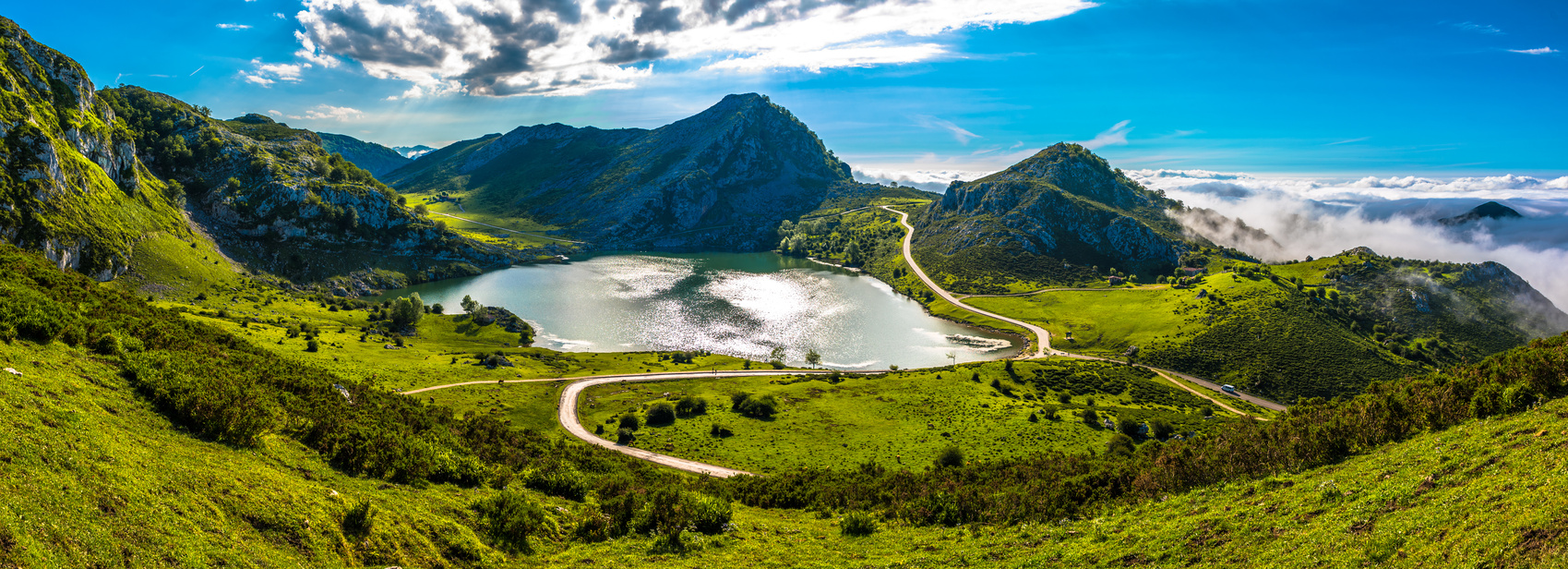
- Oviedo: Historical jewel and cultural treasure trove
With its rich heritage, vibrant cultural scene, and exquisite gastronomy, Oviedo is a must-see destination for any traveler who wants to discover the best of Asturias. Visit the Cathedral of San Salvador, the Palace of Santa María del Naranco and the old town.
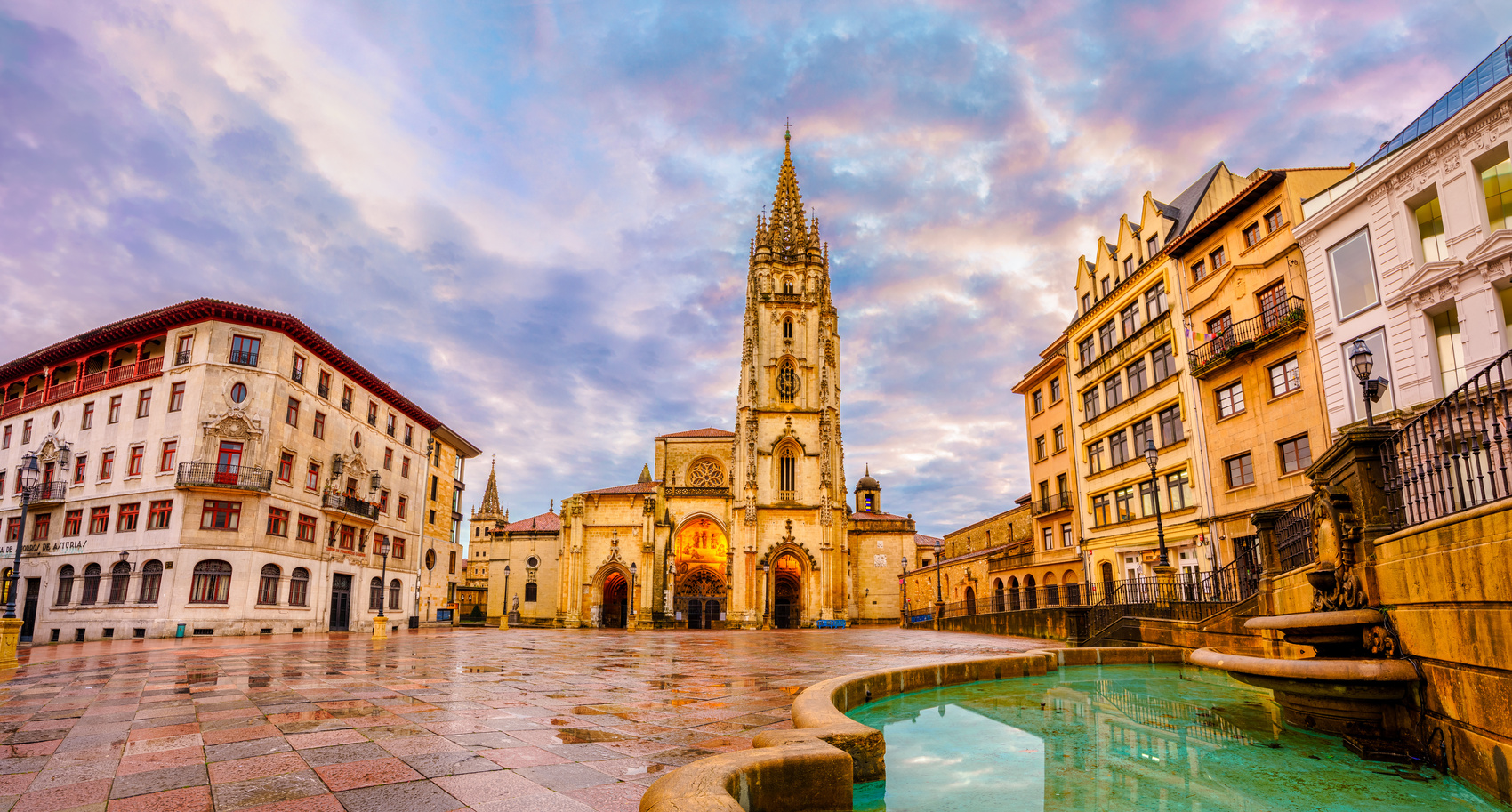
- Gijón: Coastal charm and vibrant city life
The largest coastal city in Asturias. Stroll along the promenade, visit the Cimadevilla neighborhood and enjoy San Lorenzo beach, an extensive urban beach of golden sand that is perfect for sunbathing and enjoying the sea. In addition, the city has a picturesque coastline with cliffs, viewpoints and promenades that offer breathtaking views of the Cantabrian Sea.
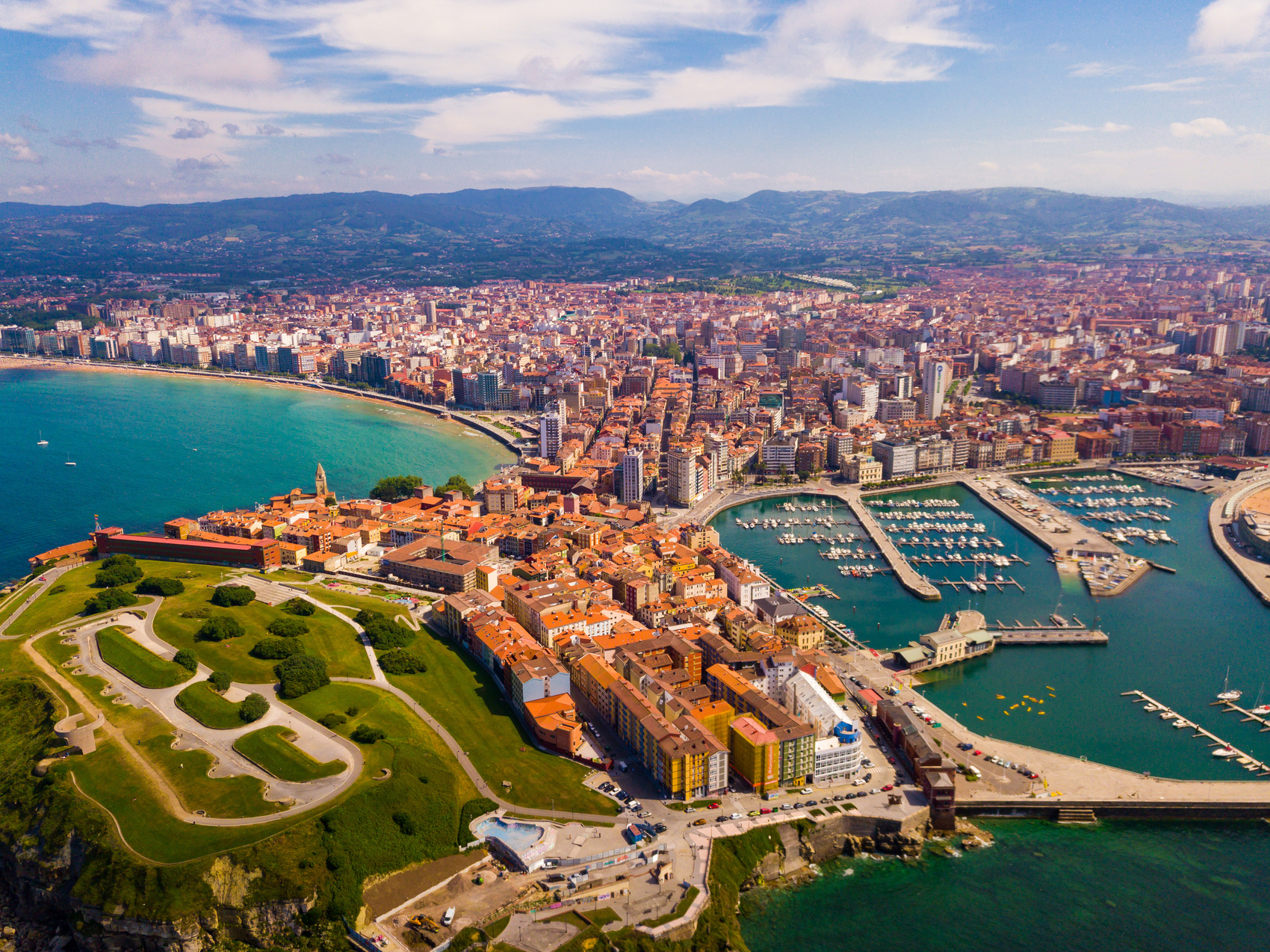
- Cudillero: The hidden treasure of the Asturian coastline
This picturesque fishing village is famous for its colorful houses perched on the hillside and its fishing port full of traditional boats. Don’t miss the panoramic view from the lighthouse and enjoy the local gastronomy in one of its restaurants. Its narrow cobblestone streets and harbor full of traditional boats make it a very photogenic place.
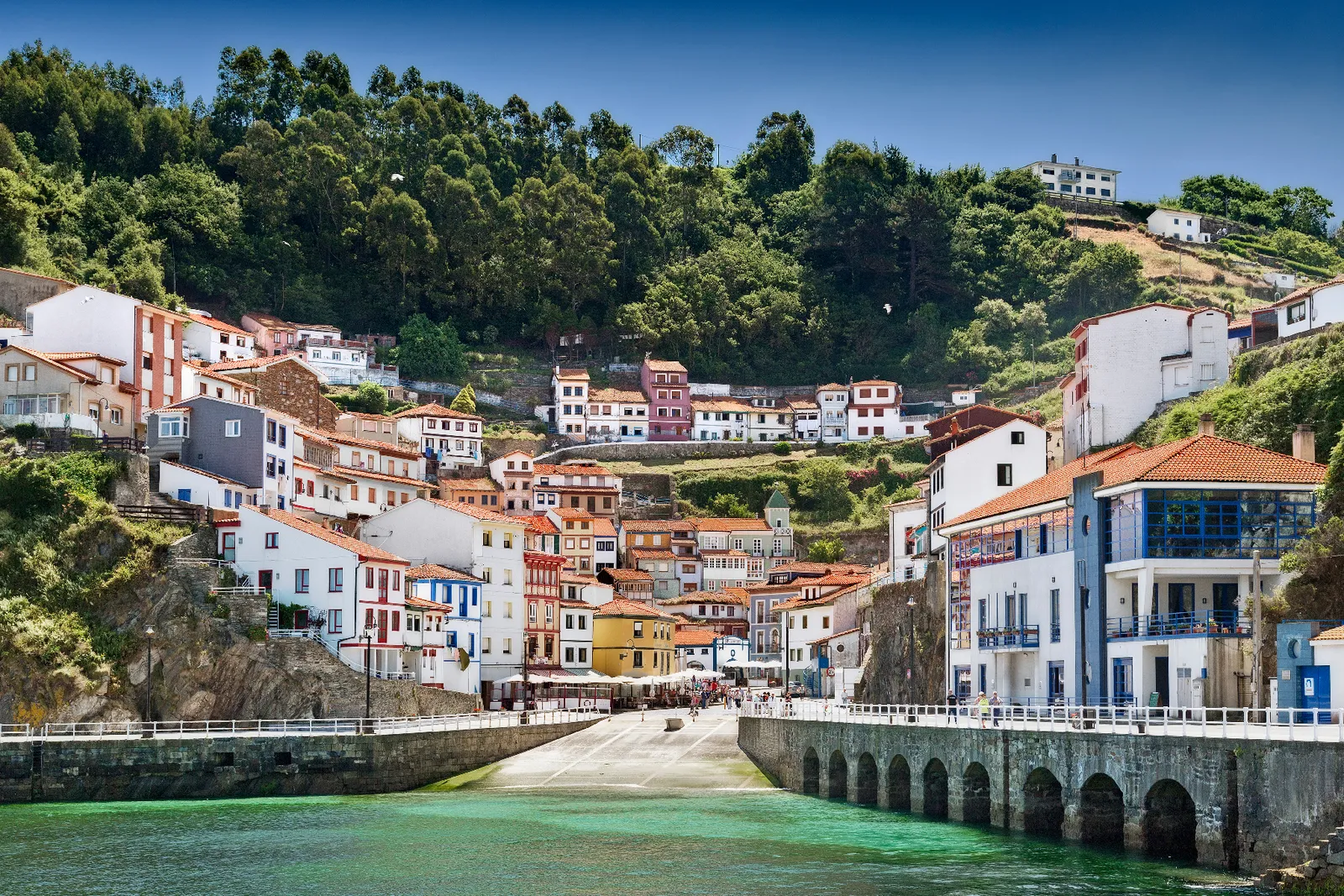
- Ruta del Cares: An adventure trail between mountains
This spectacular hiking route will take you through a breathtaking gorge in the heart of the Picos de Europa. The scenery is spectacular and the hike is an unforgettable experience for nature lovers. It is a trail of about 12 kilometers long that runs between the towns of Poncebos, in the council of Cabrales, and Cain, in the municipality of Posada de Valdeón, in the heart of the Picos de Europa. The trail follows the course of the Cares River through a narrow gorge carved into the limestone rock, known as the “Garganta Divina” (Divine Gorge).
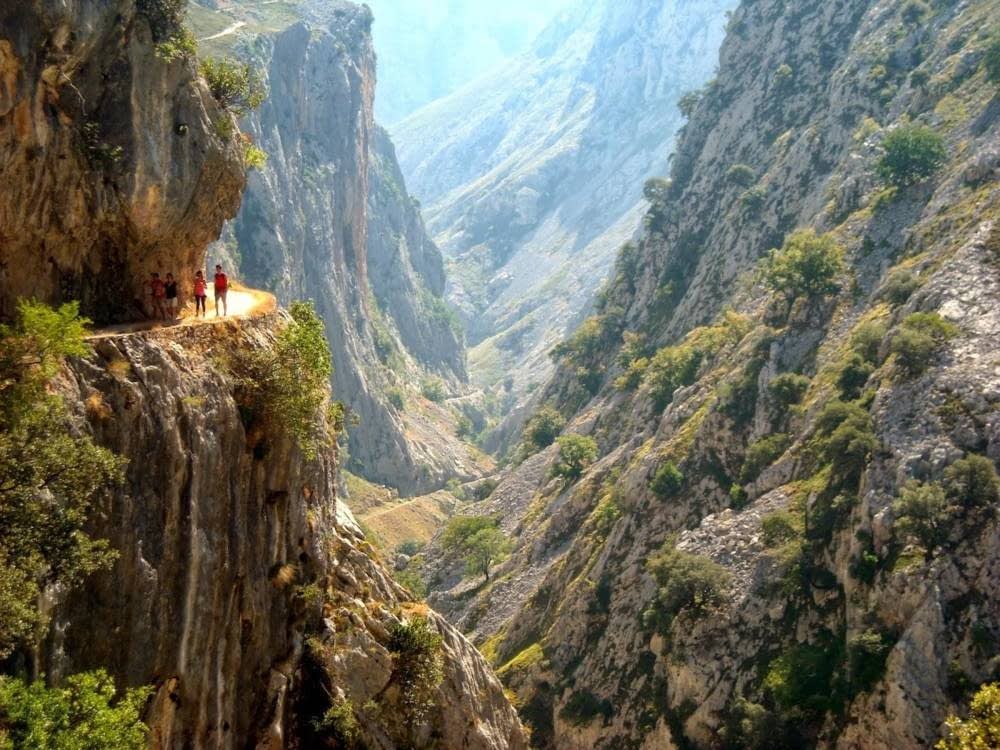
- Ribadesella: Where the sea and history meet.
Its fishing port and promenade are ideal places to stroll and enjoy the maritime atmosphere. In addition, the old town is full of cobbled streets and charming houses that invite you to get lost and explore its history. Do not miss the natural cave of Cuevas del Agua, a natural cave that can be explored by car for about 300 meters. You go inside the cave and can admire the geological formations and subway watercourses that characterize it. A unique experience.
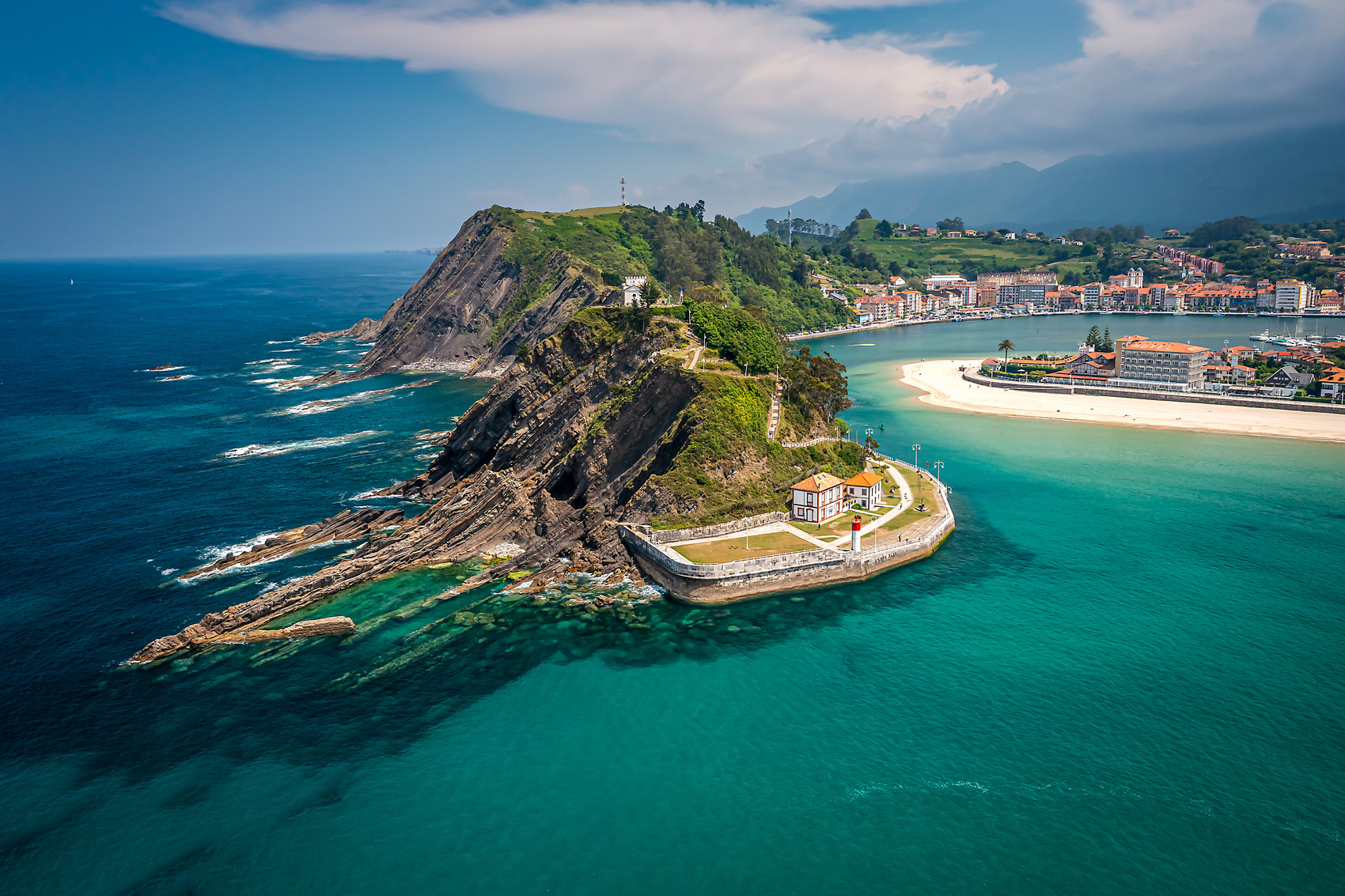
- Cangas de Onís: Gateway to the Picos de Europa and historical treasure.
A historic and monumental town, famous for its Roman Bridge over the Sella River, a symbol of the region. It is also a good starting point for exploring the Picos de Europa and Covadonga. The city hosts several markets and fairs where you can taste and buy high quality local products.
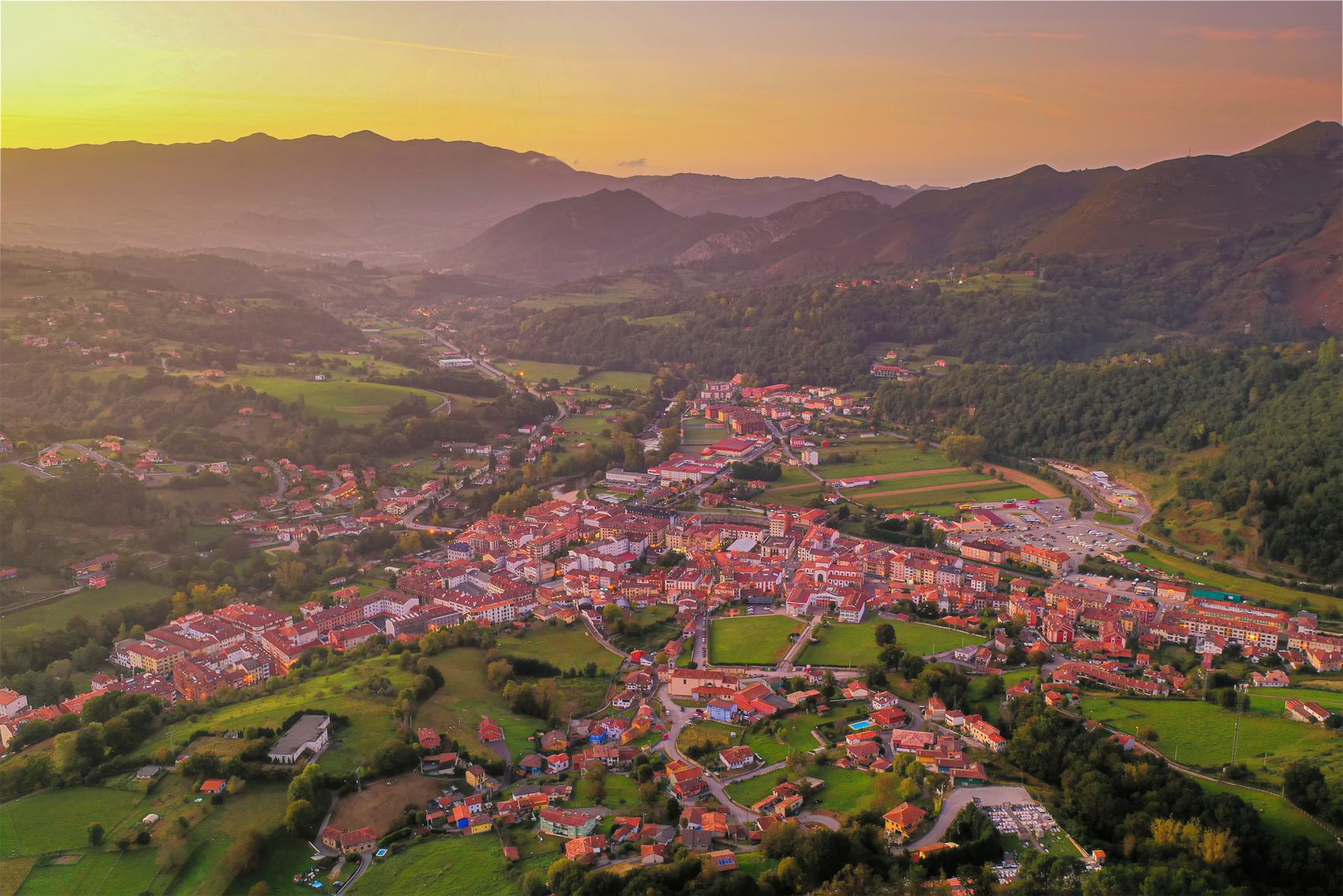
- Llanes: Coastal beauty and medieval charm
A picturesque coastal village with an impressive medieval old town. The coast of Llanes is dotted with beautiful white sandy beaches and crystal clear waters, some of which are nestled between breathtaking cliffs. Playa de Toró, Playa de Ballota and Playa de Gulpiyuri are just some of the many options this destination offers to enjoy the sun and sea. Don’t miss the Ruta de los Bufones, where you can see the impressive marine geysers in action. The force of the sea creates a fascinating spectacle that will leave you breathless.
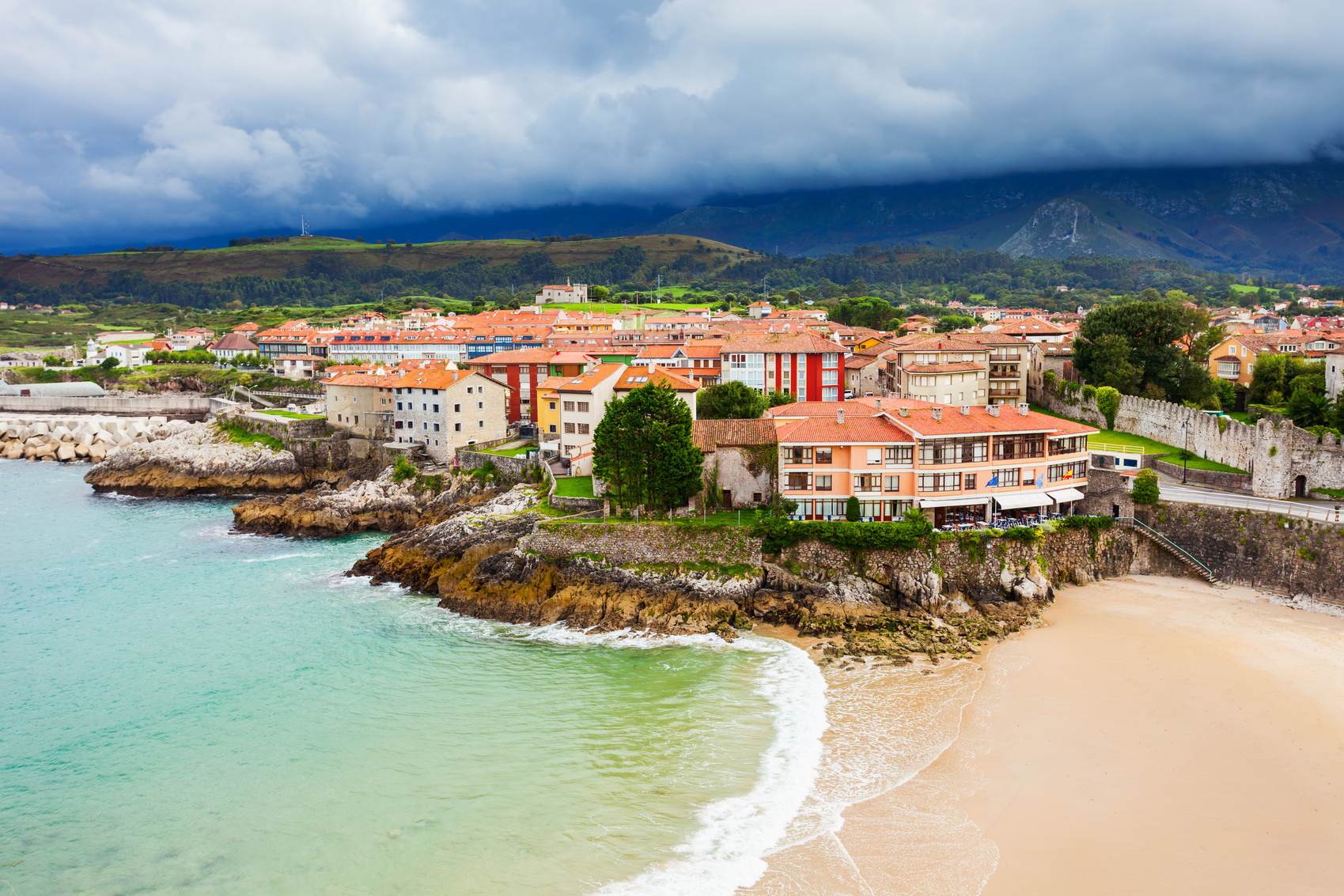
- Lastres: A trip to the past
A charming fishing village that seems to have stopped in time, with cobblestone streets and picturesque fishermen’s houses. The proximity to the sea and the mountains makes Lastres an ideal destination for nature lovers and outdoor activities such as hiking, surfing and bird watching. In addition, you can visit the Jurassic Museum to learn about the rich geological history of the region.
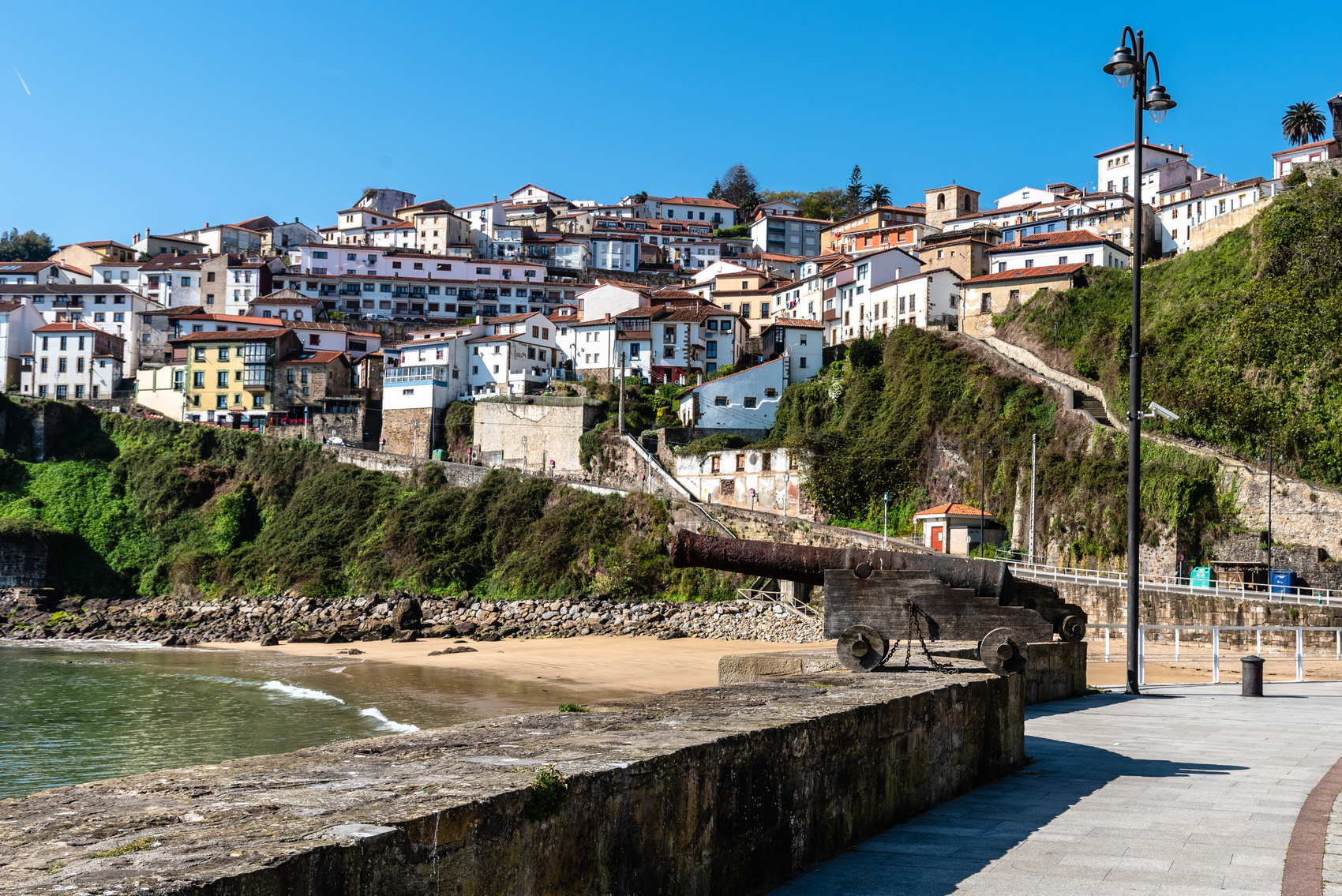
- Tazones: A fairytale fishing village
Located in a protected bay, Tazones is a charming fishing village that seems to have stopped in time. Its stone houses and small port give the feeling of being in a fairytale village. It is known for its local crafts, in its streets you can find stores and workshops selling handmade products, such as pottery, baskets and other handmade objects that reflect the Asturian tradition and culture. Tazones offers an authentic and memorable experience that will transport you to another time and place.
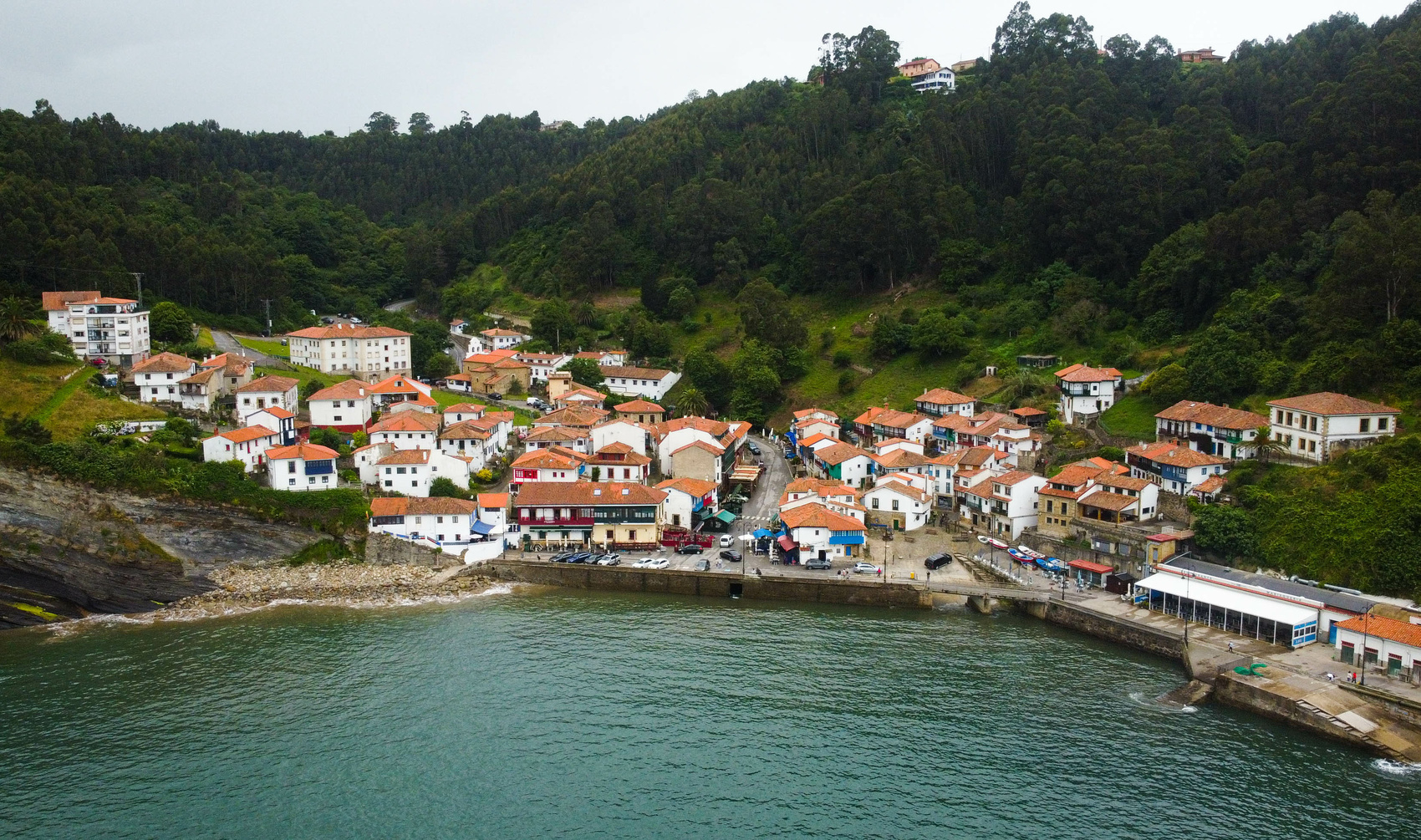
- Luarca: The white village of the green coast
A seaside town with a beautiful harbor, white sandy beaches and traditional architecture that includes indiano houses and stately mansions. Its pretty harbor is full of colorful fishing and pleasure boats, and is the heart of local life. Strolling through the port and its surroundings allows you to immerse yourself in the maritime atmosphere and observe up close the daily activity of fishermen and sailors. It is full of picturesque corners and viewpoints that offer spectacular views of the town and the sea. The Luarca Lighthouse and the Mirador de la Atalaya are two essential places to visit, from where you can enjoy panoramic views of the port, the beaches and the Cantabrian Sea.
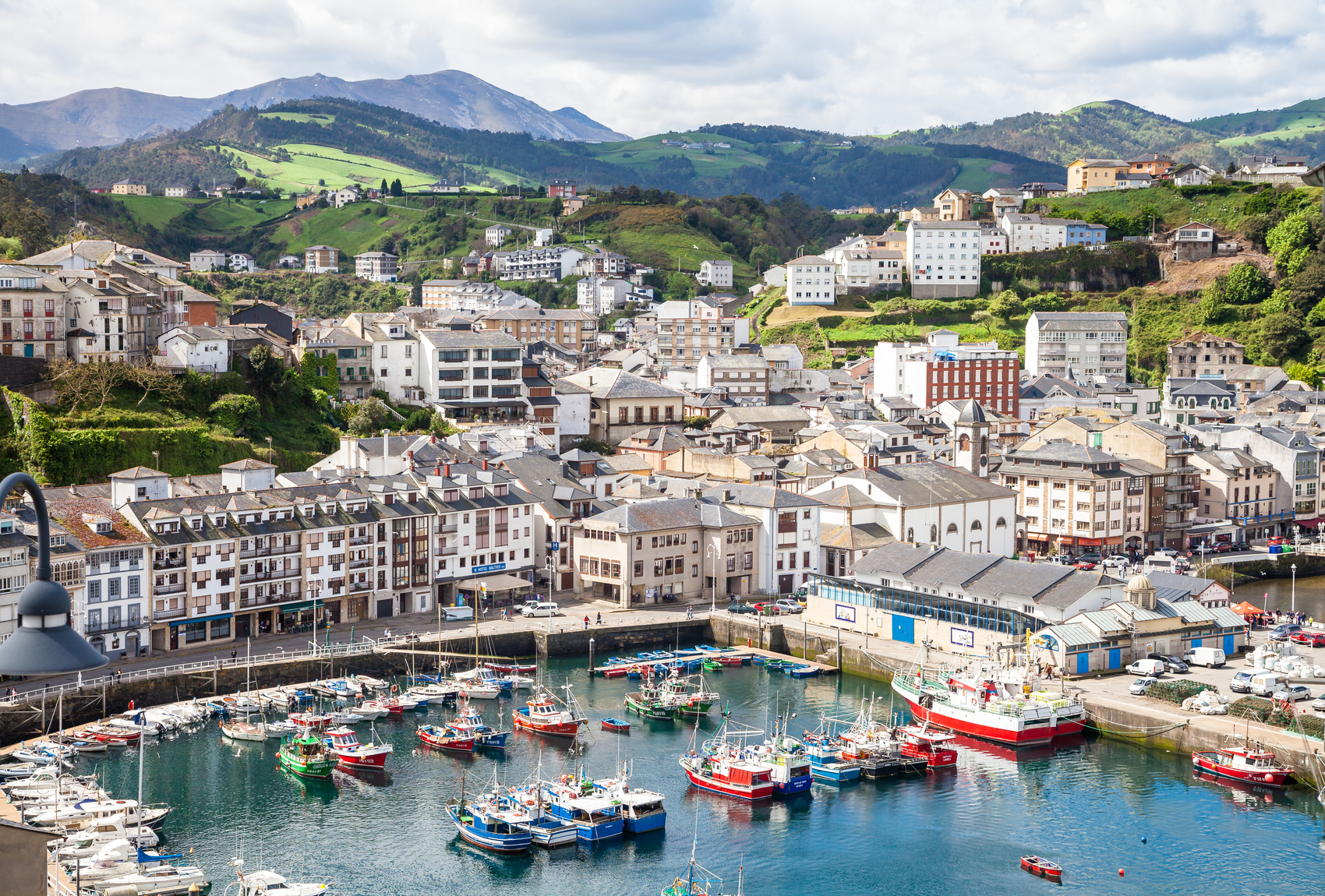
- The Way of St. James: A millenary route of faith, culture and adventure.
Asturias is part of the Camino de Santiago, one of the most famous pilgrimage routes in the world. You can walk stretches of the Northern Way and visit places like the Cathedral of Oviedo, which houses the Holy Chamber with the relics of St. James.
- Somiedo Natural Park: A refuge of wild nature
This natural park offers breathtaking mountain scenery, glacial lakes and a great diversity of flora and fauna. It is perfect for hiking, bird watching or simply enjoying the tranquility of nature. Among the park’s natural treasures are its glacial lakes, known as “lakes of Somiedo”. The most famous is Lago del Valle, the largest natural lake in Asturias, surrounded by green meadows and mountains.
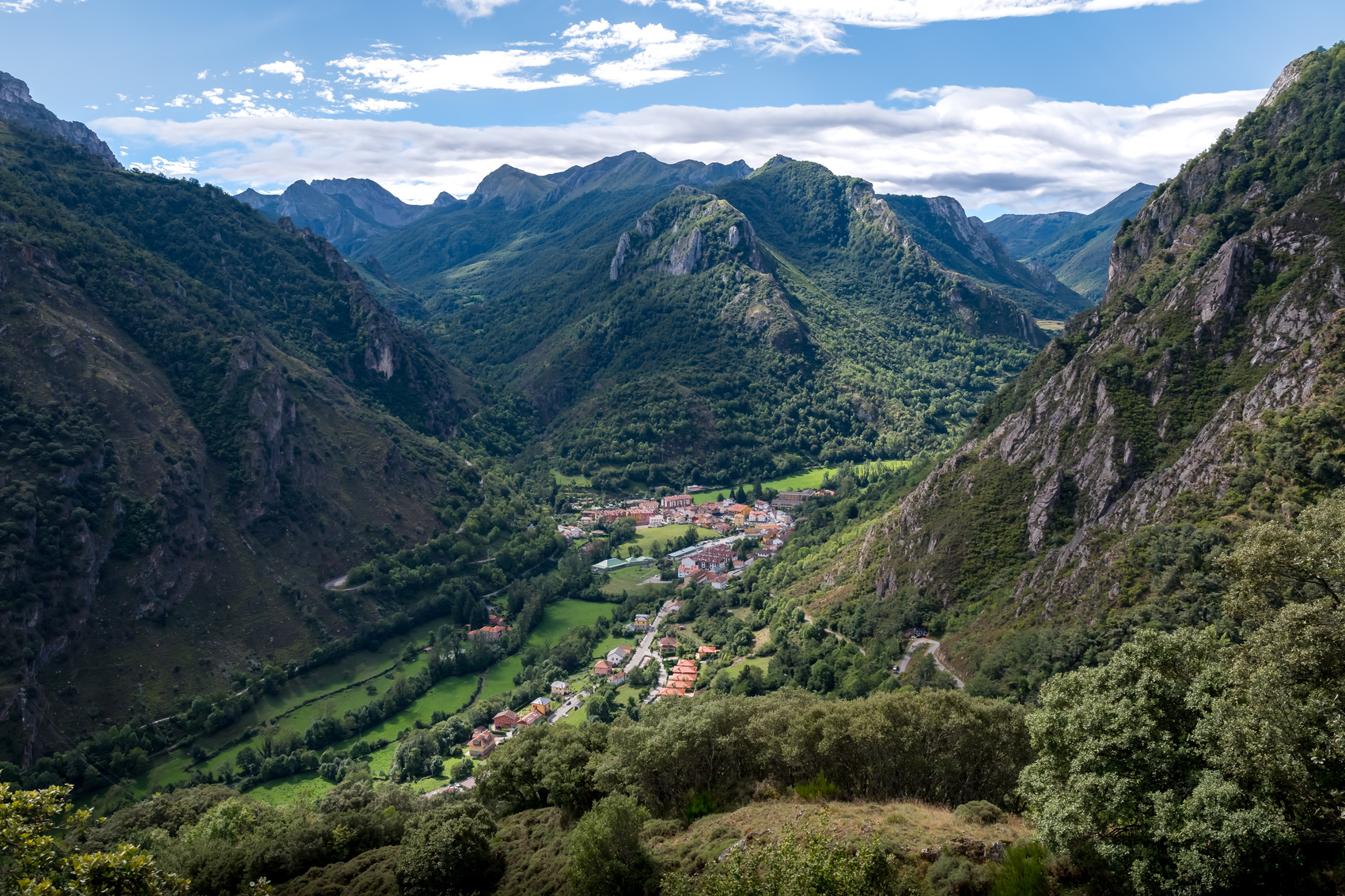
- Villaviciosa: The Capital of Cider
Charming Asturian village known for its cider and delicious gastronomy. In addition, the Villaviciosa estuary is a protected natural area that offers a sanctuary for migratory birds and stunning natural beauty. Rodiles Beach is one of the most beautiful, crowded and popular beaches. It offers a stunning natural environment, surrounded by meadows and cliffs. The region is dotted with llagares (cider cellars) where cider is produced. Visitors can take cider tours, which include visits to cider mills, cider tastings and demonstrations of the cider-making process.
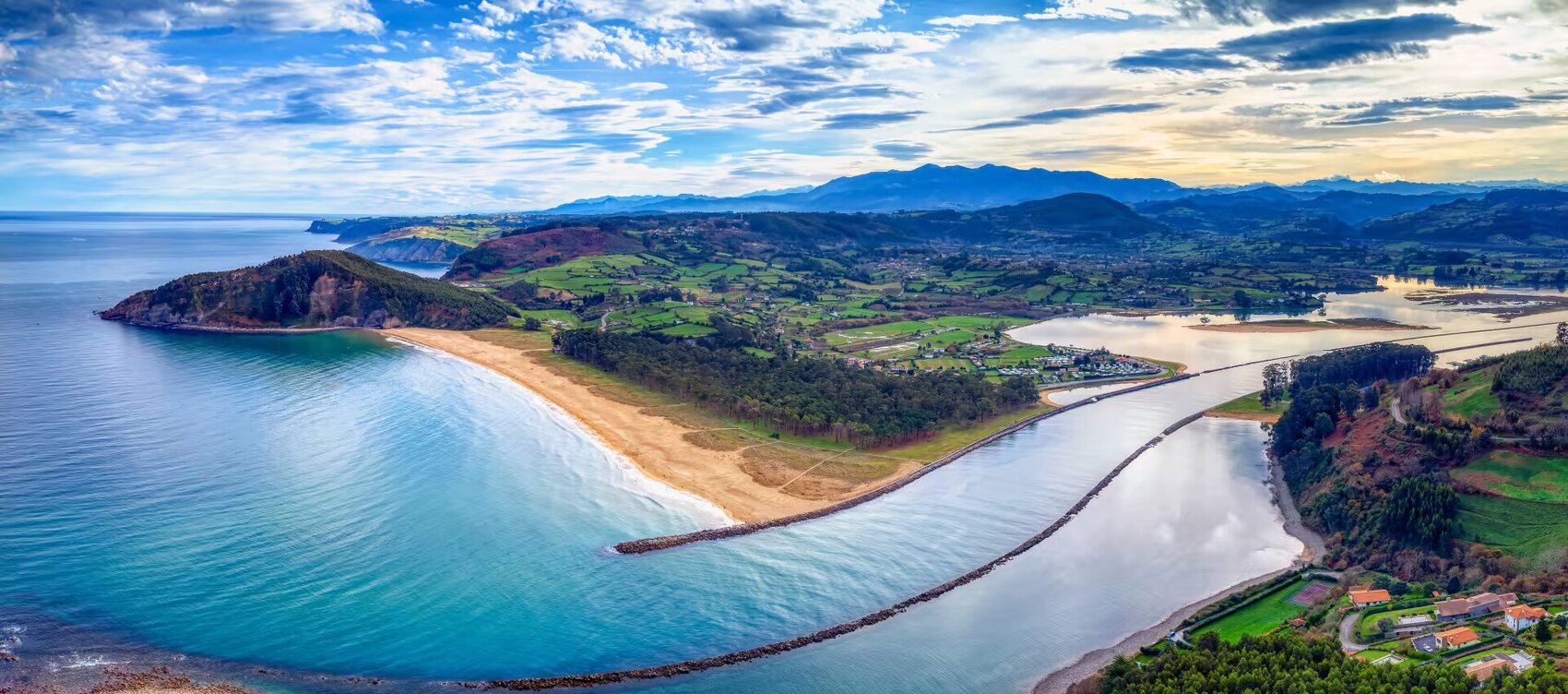
- Cangas del Narcea: Heart of Asturian nature and tradition.
In the southwest of Asturias, in a privileged natural environment, surrounded by mountains, forests and rivers. The Natural Park of Fuentes del Narcea, Degaña and Ibias is a nearby protected area that offers hiking trails, wildlife watching, and breathtaking landscapes, including the Integral Reserve of Muniellos, one of the largest and best preserved oak forests in Europe.
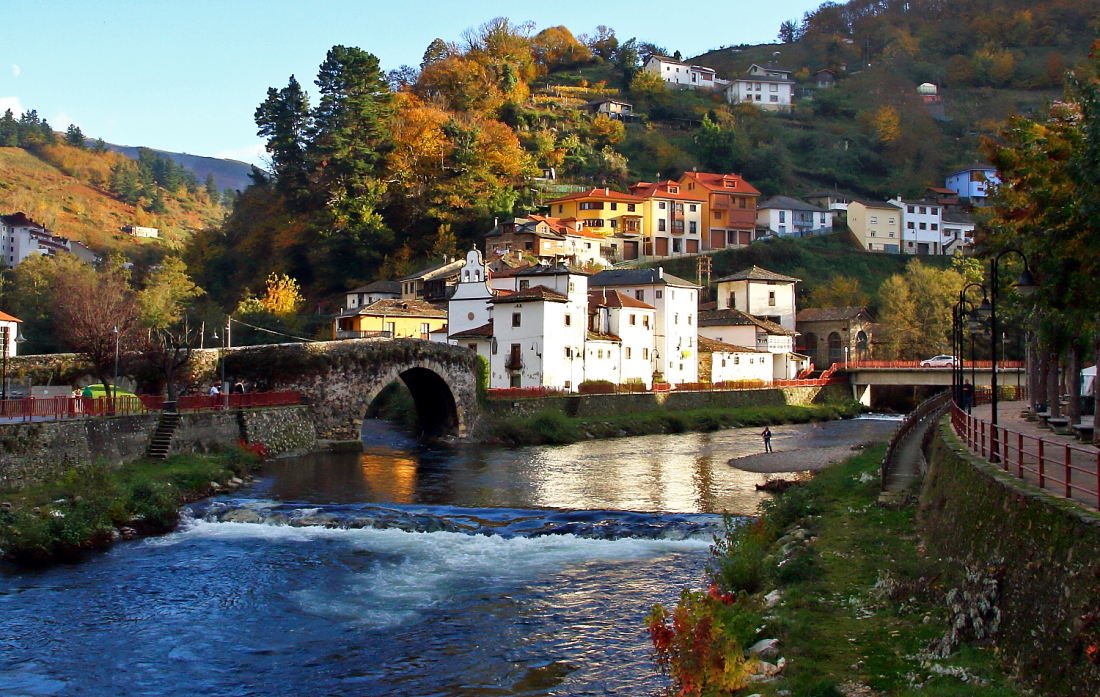
Gastronomy
Asturian gastronomy is one of the most appreciated in Spain, standing out for its richness of flavors, fresh ingredients and traditional dishes that reflect the culture and history of the region.
Asturias has an extensive coastline, which is reflected in its cuisine through a wide variety of fresh fish and seafood. Among the most outstanding seafood are barnacles, crab, spider crabs and prawns, while among the most common fish are bonito, hake and sea bass.
Considered the most emblematic dish of the region, fabada asturiana is a traditional stew based on fabes (white beans), chorizo, black pudding, pork shoulder and bacon. It is a hearty and comforting dish, perfect for cold winter days.

Cider is the drink par excellence in Asturias and forms an integral part of its gastronomic culture. Asturian cider is produced from native apples and is served poured, that is, poured from a certain height to aerate it and improve its flavor.
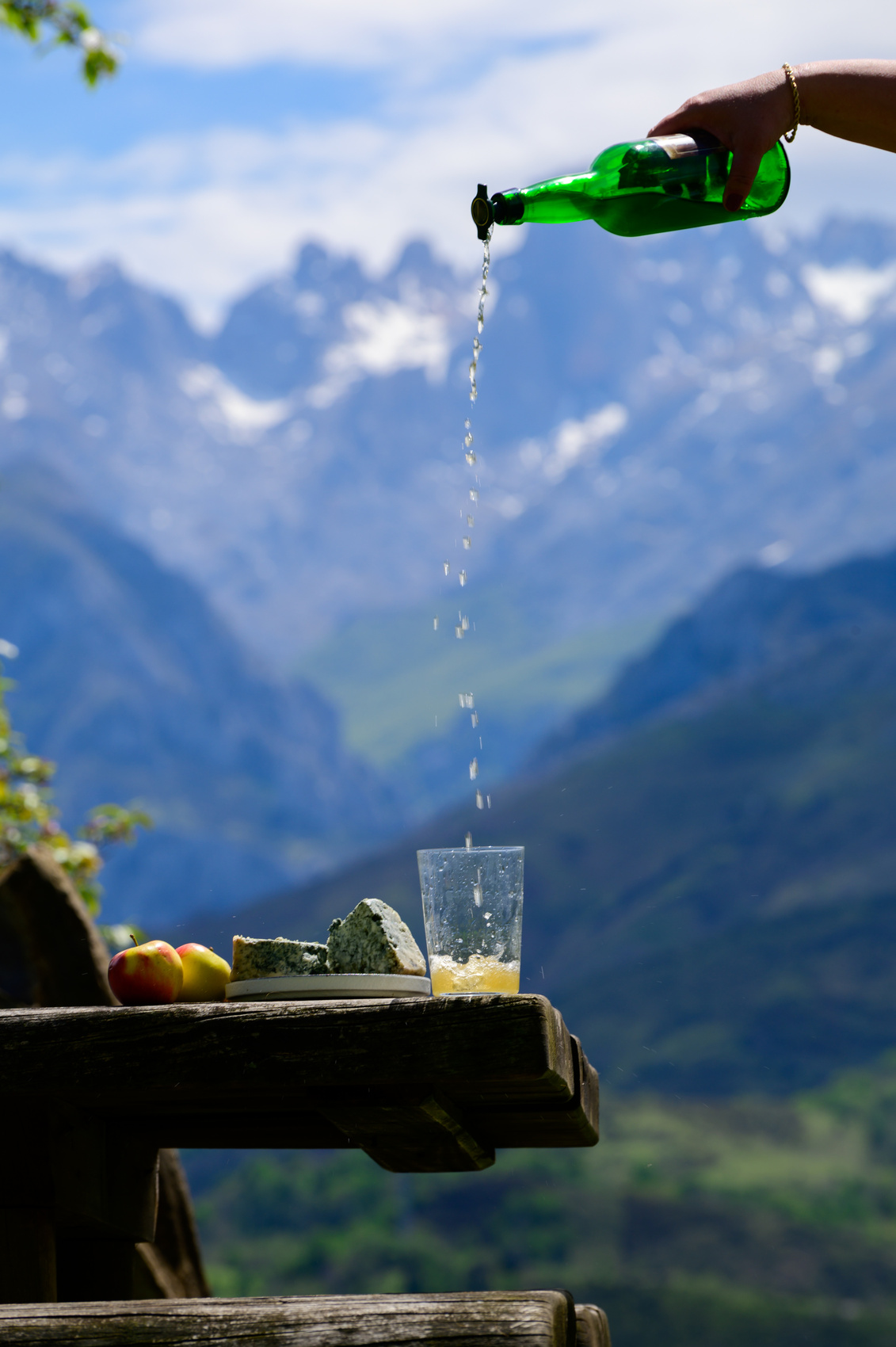
Asturias is famous for the quality of its cheeses, especially Cabrales, Gamoneu and Afuega’l Pitu. These artisanal cheeses are made from cow’s, sheep’s or goat’s milk and are characterized by their intense flavor and creamy texture.
Meat also plays an important role in Asturian cuisine. Lamb “a la estaca”, “cachopo” (breaded steak stuffed with ham and cheese), and “pitu de caleya” (free-range chicken) are some of the most popular specialties.
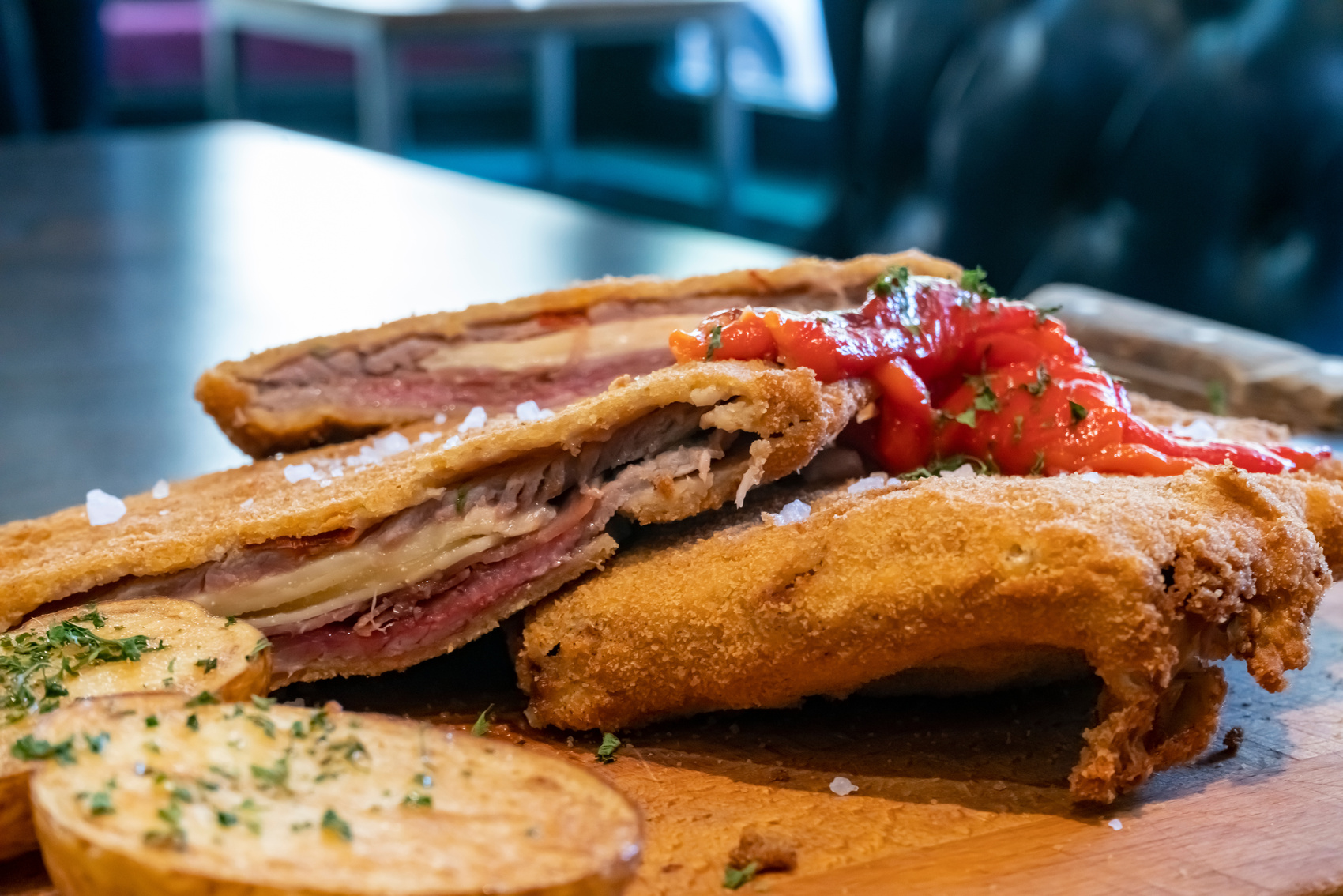
Asturias offers a wide variety of traditional desserts, such as apple pie, rice pudding, and frixuelos (Asturian crepes) accompanied by honey or sugar.

Where to eat
Asturias has a wide gastronomic offer that includes a great variety of restaurants, from traditional restaurants offering typical dishes of the region to haute cuisine establishments with more innovative proposals.
We leave you a selection of some outstanding restaurants in Asturias:
- Casa Gerardo (Prendes): This Michelin-starred restaurant is known for its signature Asturian cuisine, which combines tradition and innovation in dishes such as rice pudding, fabada asturiana and bonito encebollado.
- Casa Marcial (La Salgar): Another Michelin-starred establishment, Casa Marcial offers a unique dining experience with its creative cuisine based on local and seasonal products.
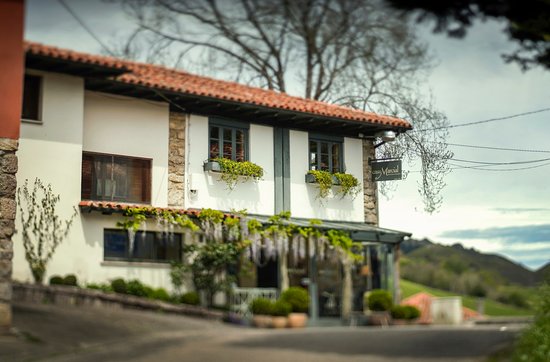
- Arbidel Restaurant (Ribadesella): Located in the heart of Ribadesella, Arbidel is a restaurant renowned for its signature cuisine and its careful selection of wines.
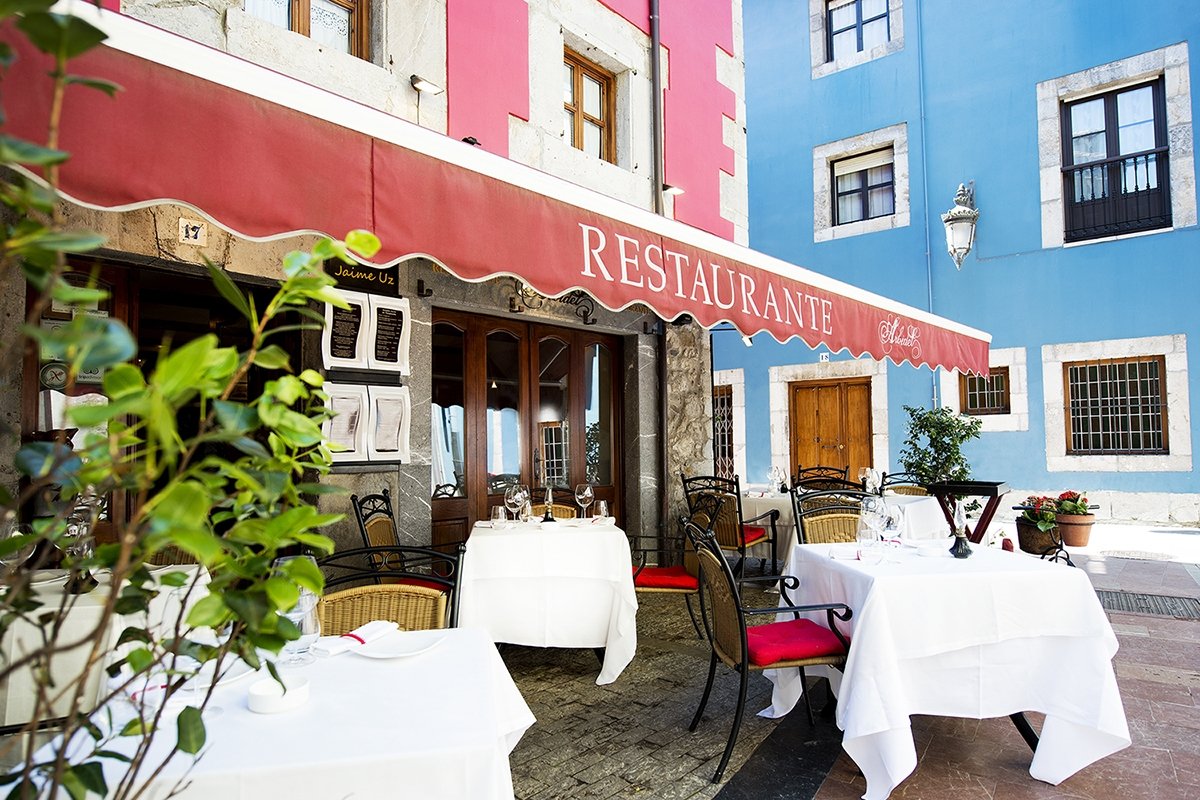
- El Corral del Indianu (Arriondas): This restaurant led by Asturian chef José Antonio Campoviejo stands out for its creative gastronomic proposal and cozy atmosphere.
- La Salgar (Gijón): This restaurant, led by chef Nacho Manzano, offers contemporary cuisine inspired by Asturian tradition, with an emphasis on seafood.
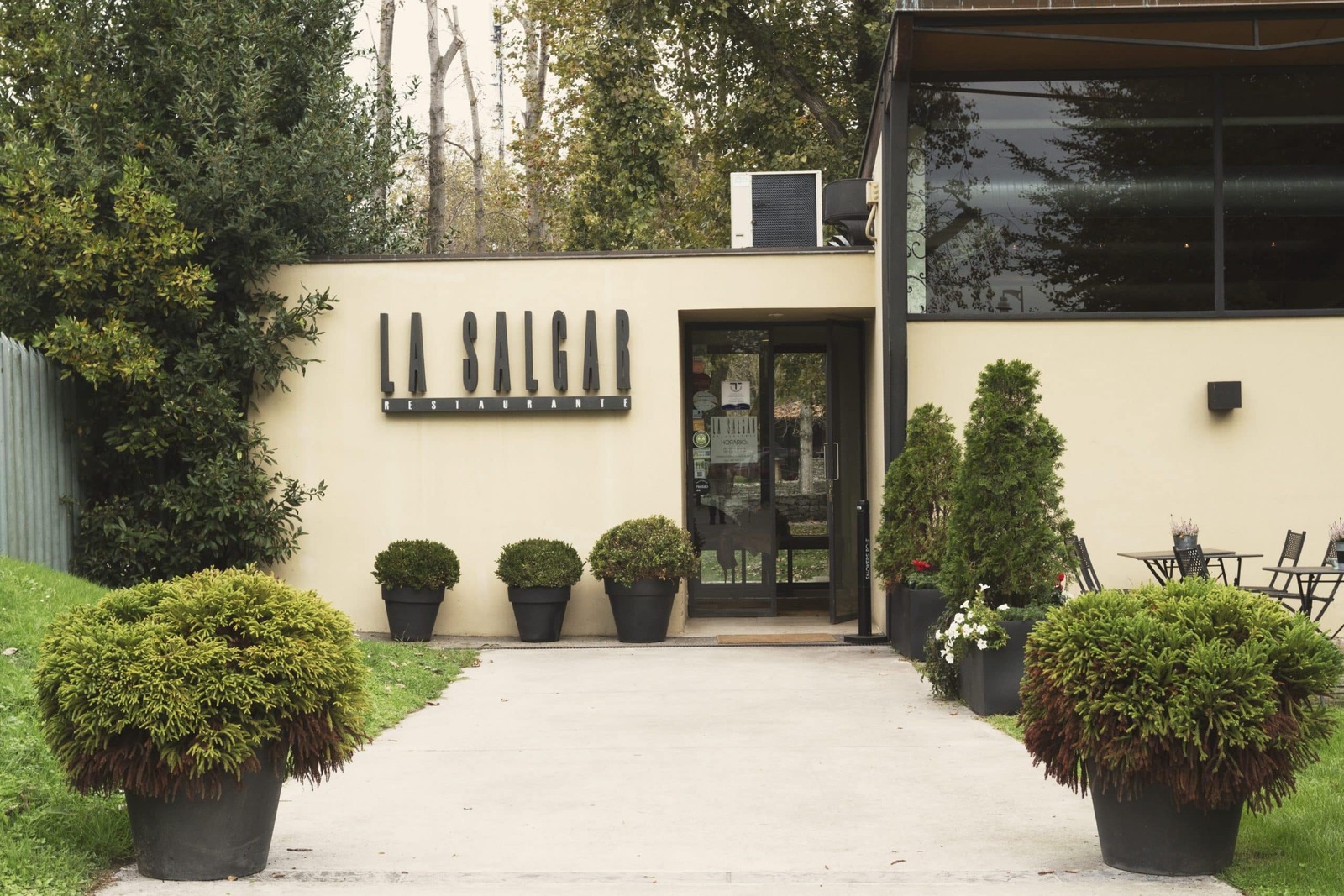
- Sidrería El Güeyu Mar (Ribadesella): Known for its grilled fish and its informal and cozy atmosphere, this cider house is a popular choice among lovers of good food.
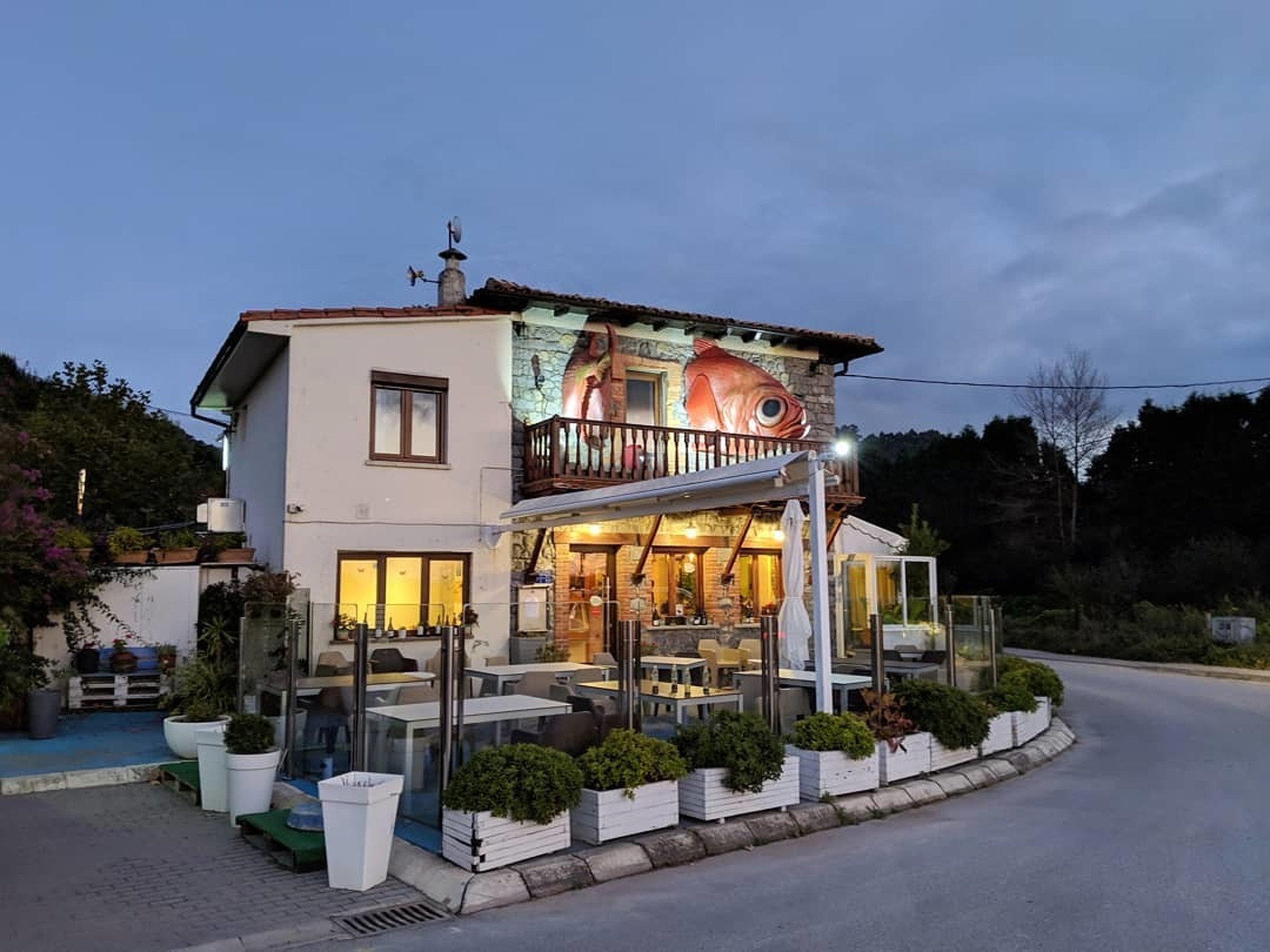
- La Pondala Restaurant (Gijón): Located in a 19th century palatial house, La Pondala offers a wide selection of traditional Asturian dishes in an elegant and refined setting.
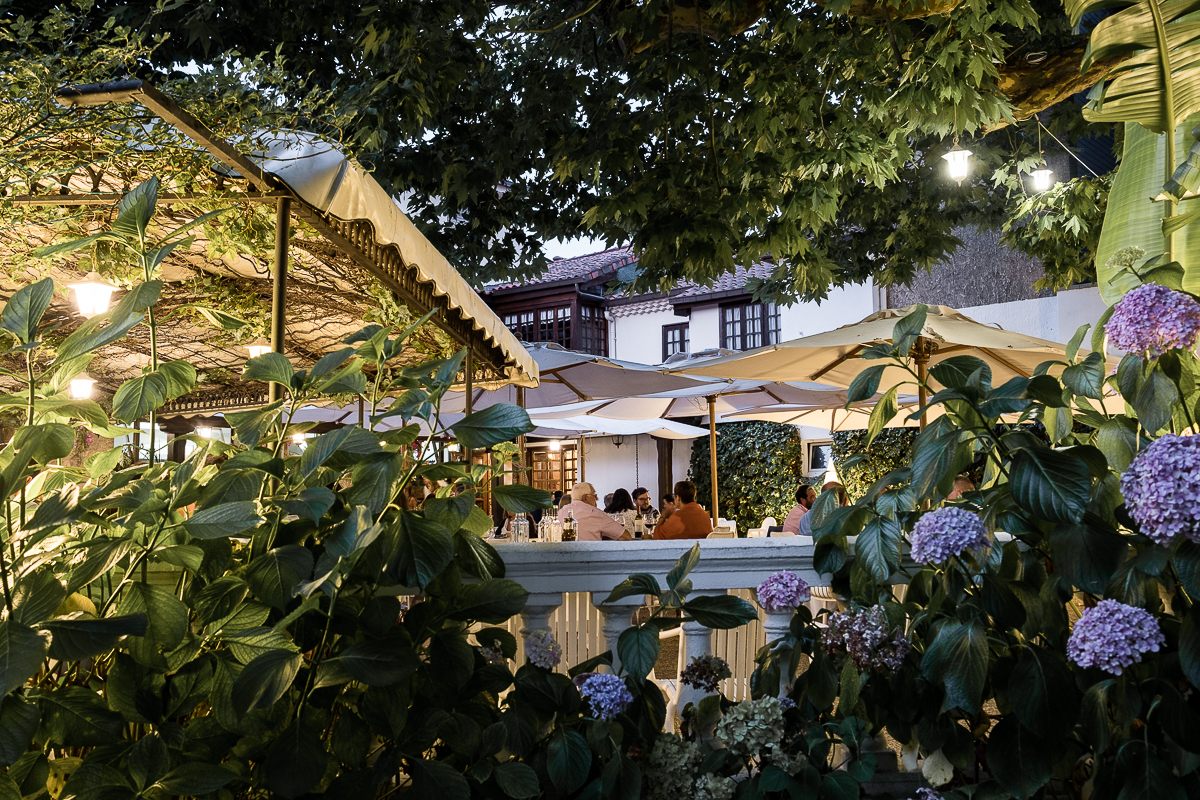
- Casa Fermín (Oviedo): This family restaurant is famous for its homemade dishes and excellent value for money. Specialties such as fabada asturiana and cachopo are very popular with customers.
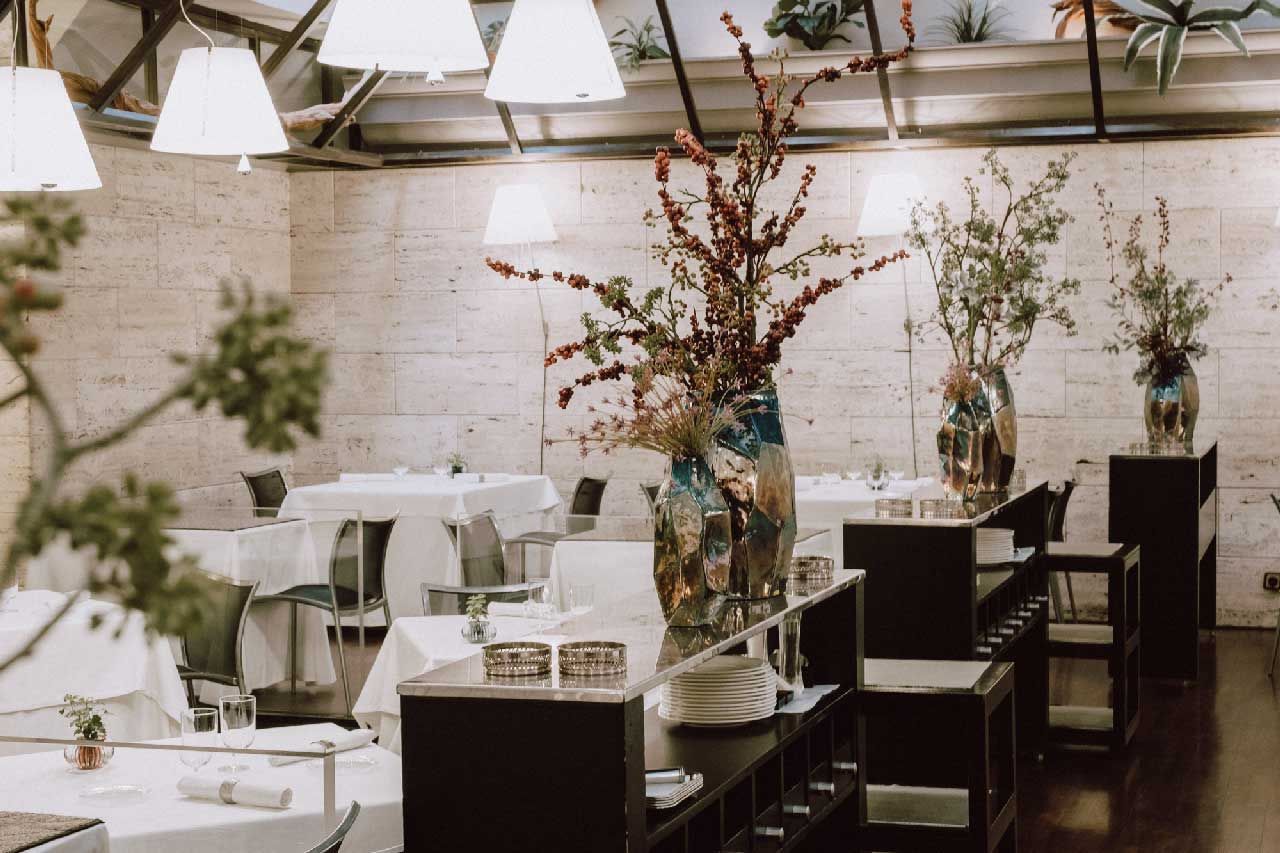
- Casa Amparo (Cudillero): Located in an old fishermen’s warehouse in the port of Cudillero, Casa Amparo is known for its fresh fish and seafood dishes, as well as for its stunning sea views.
- El Molín de Mingo (Infiesto): This rural restaurant offers an authentic dining experience, with traditional Asturian dishes made with local ingredients and served in a rustic and cozy setting.

- Asador de Aranda Restaurant (Oviedo): Specializing in grilled meats, this steakhouse is an ideal place to enjoy a good T-bone steak or roast lamb in a traditional and familiar atmosphere.
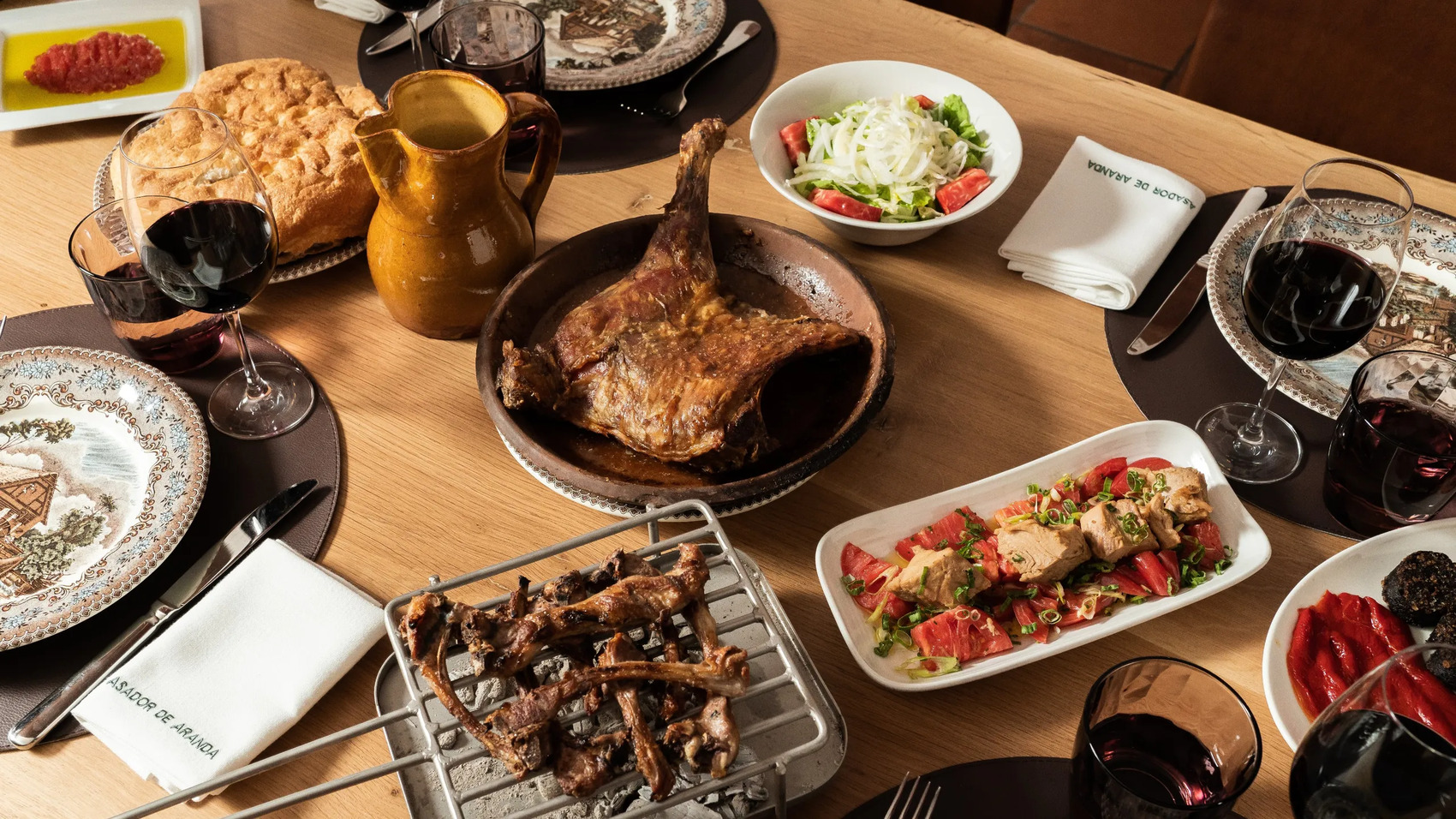
- Casa Suncia (Cangas de Onís): Located in the heart of Cangas de Onís, Casa Suncia offers home-style, traditional Asturian cuisine, with dishes such as pote asturiano (Asturian stew), arroz con leche (rice pudding) and callos a la asturiana (Asturian-style tripe).
- Restaurante Regueiro (Taramundi): This restaurant in the picturesque village of Taramundi is known for its creative cuisine based on local and seasonal products, with dishes that stand out for their originality and flavor.
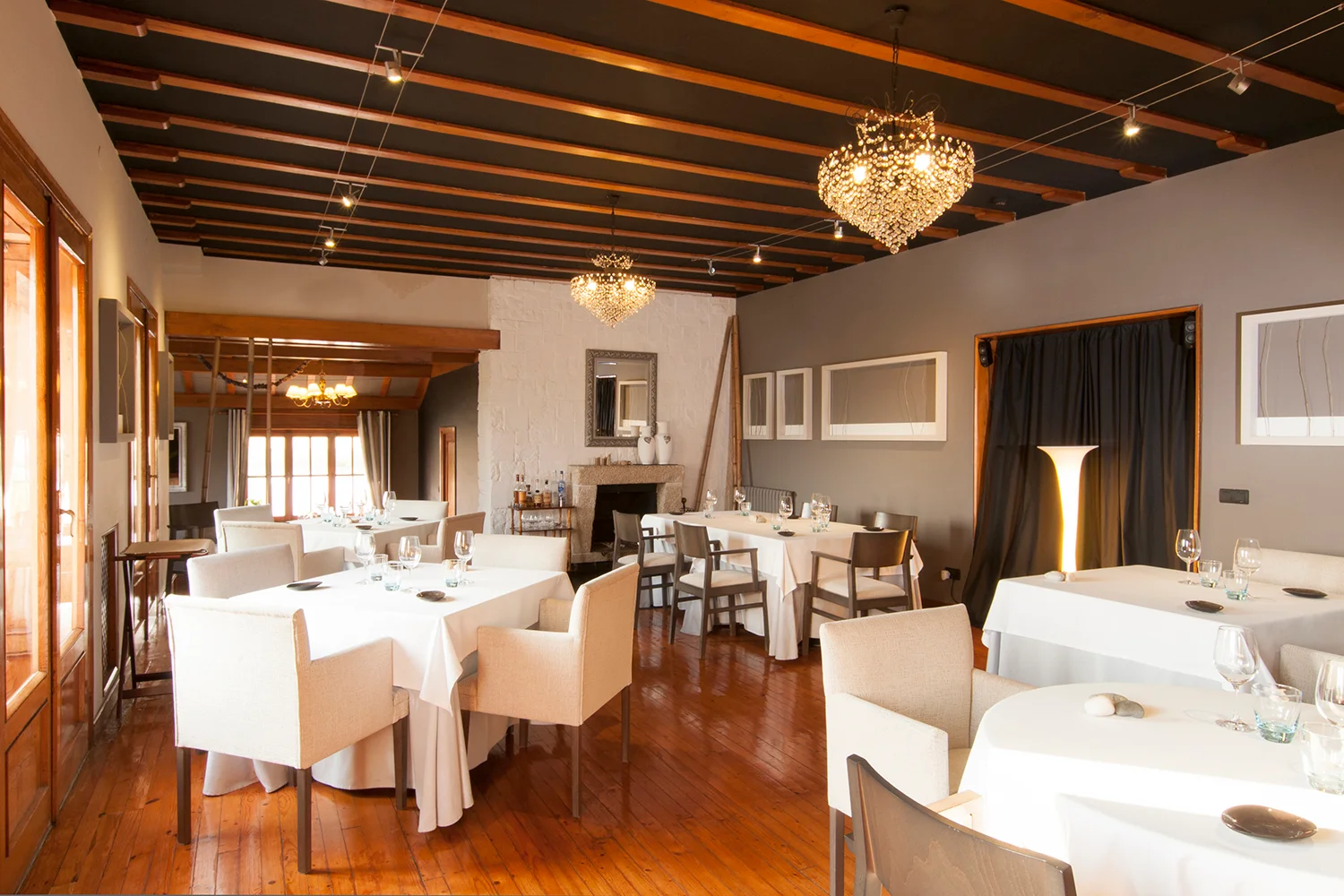
- Casa Niembro (Llanes): Located in an old indianos’ house in the village of Niembro, this restaurant offers traditional Asturian cuisine with a modern touch, standing out for its careful selection of fresh ingredients and its cozy atmosphere.
- La Galana Cider House (Gijón): This cider house is famous for its natural cider and its wide variety of typical Asturian dishes, such as cod omelette, baby squid in its ink and stone-grilled meat.
- La Cabaña Restaurant (Ribadesella): Overlooking the Sella River, this restaurant offers classic Asturian cuisine with a contemporary touch, noted for its excellent quality and presentation of the dishes.
- La Biesca Restaurant (Oviedo): This restaurant, located in a former 18th century palace in the center of Oviedo, offers signature cuisine based on fresh and seasonal products, with dishes that combine tradition and creativity.
- El Campanu (Arriondas): Specializing in fresh fish and seafood, El Campanu is an ideal place to enjoy excellent seafood cuisine in a cozy and familiar atmosphere.
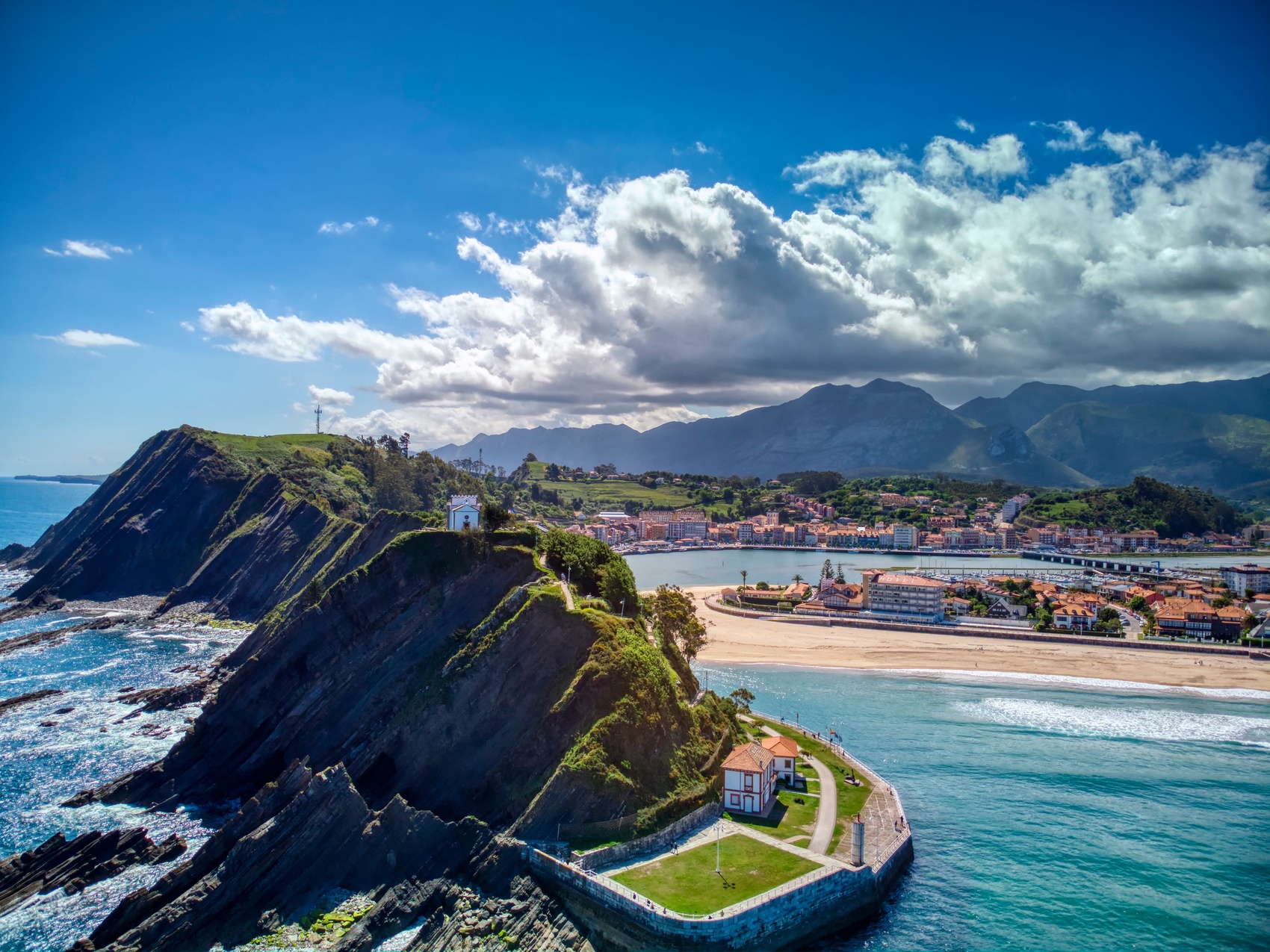
Where to sleep
Nestled in the high part of Tazones, this house seems to be taken from an idyllic postcard. This house is the perfect place to rest and enjoy all the privileges that this wonderful house offers. All the rooms are flooded with light and dreamy images. A very special panoramic view, since you can glimpse the mountains in the distance, as well as the lighthouse of Luces and the different shades of green that cross these Asturian lands. A natural spectacle that reaches its peak during sunsets and full moon nights. The rhythmic crashing of the sea waves against the rocks will accompany you in the distance as if it were a relaxing lullaby, among other sounds of nature that will produce well-being. A balm for the soul.
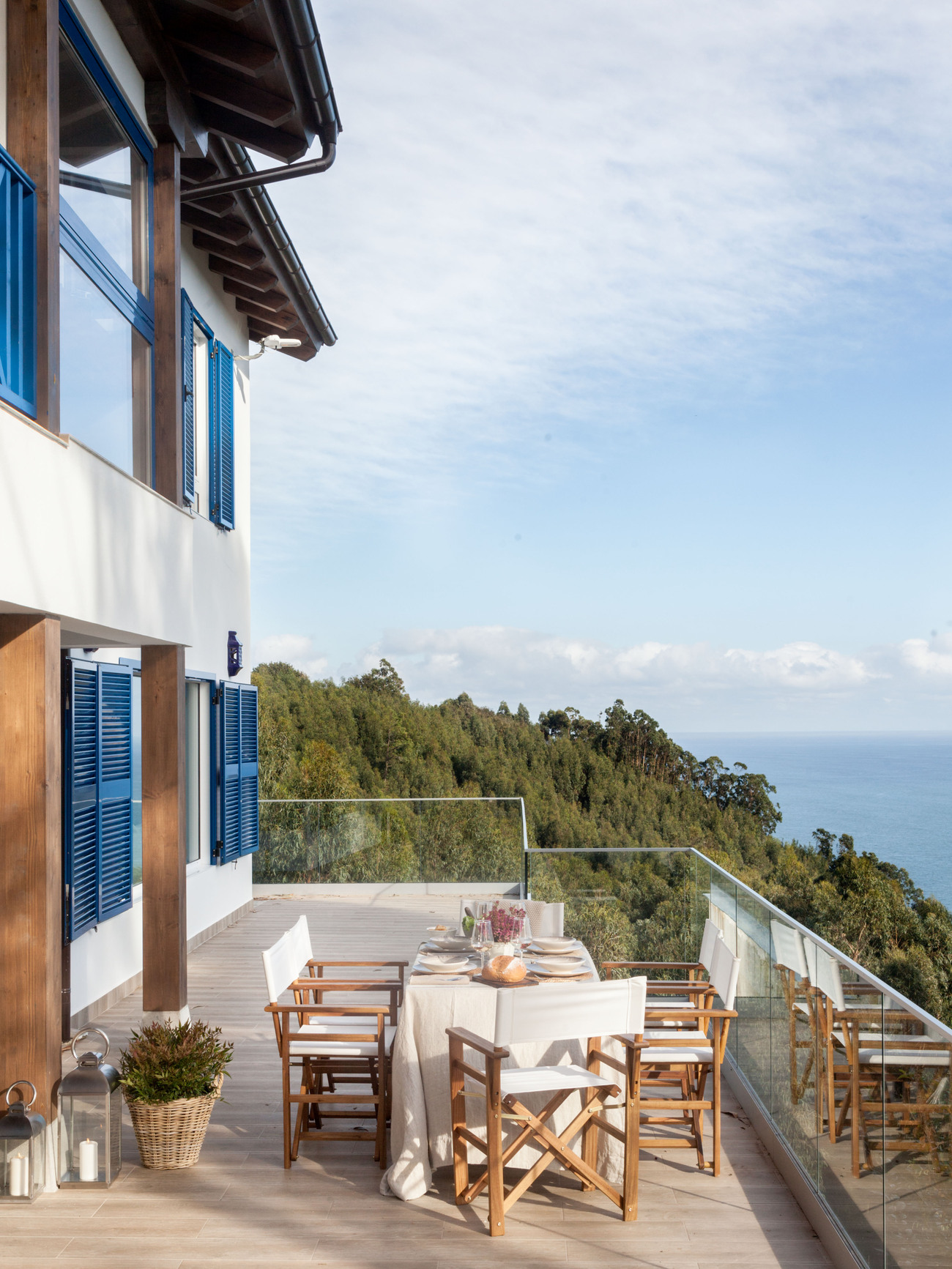
A large house of indianos with a promising future. Spectacular surroundings, in a strategic location between Asturias and Cantabria, on a high point of the village of Colombres, with spectacular views of the Picos de Europa. French style, ready to rehabilitate and give this mansion a second life. A construction that stands out for its sobriety and packaging, with blocks of stone in sight arranged in horizontal and vertical rows framing openings and corners that will make you fall in love. A true paradise. You will fall in love as much as we did.
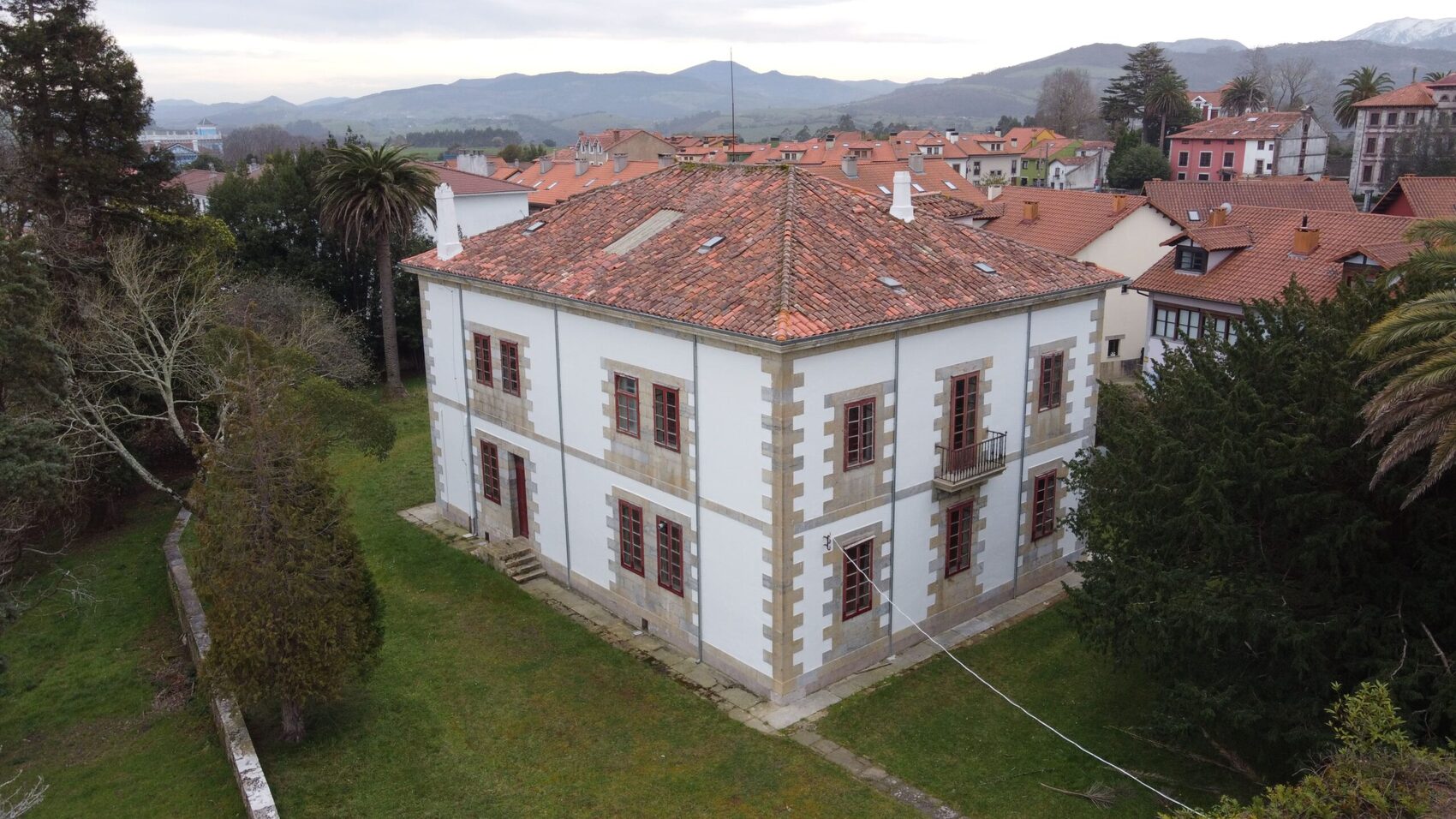
Prepare your suitcase and your desire for adventure, because Asturias awaits you with open arms and a thousand stories to tell.
